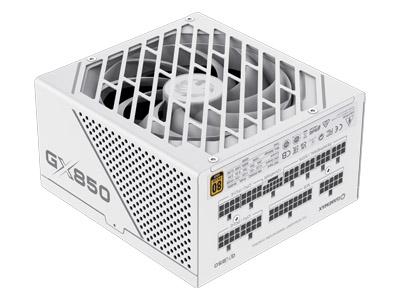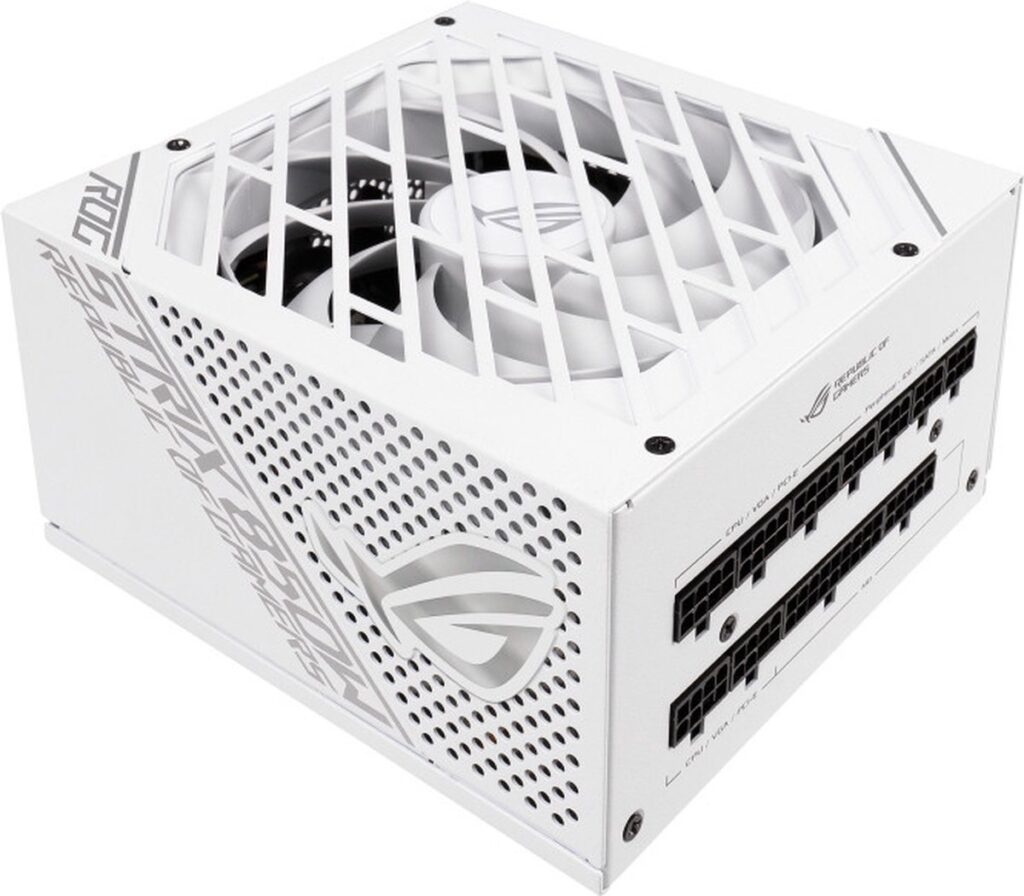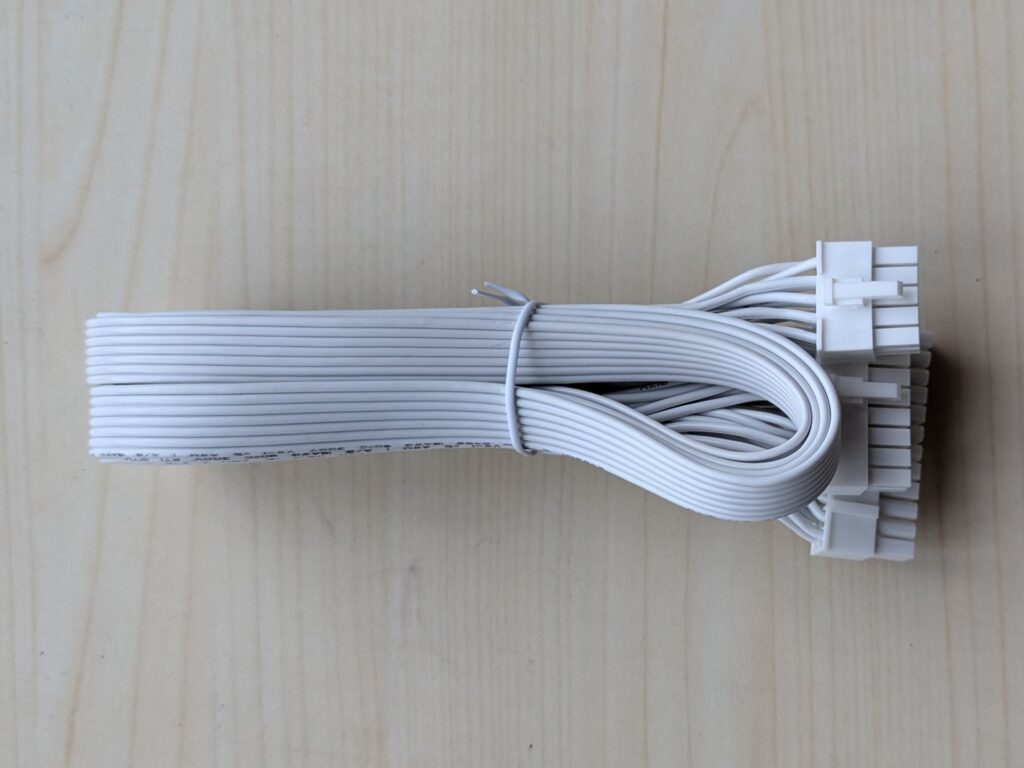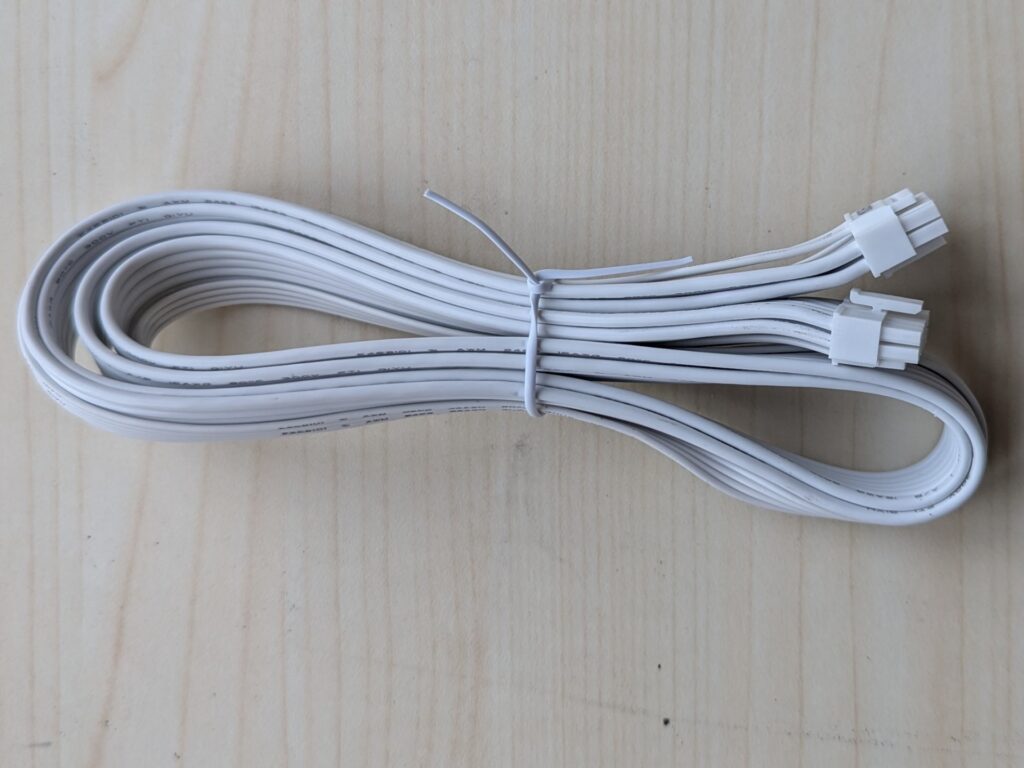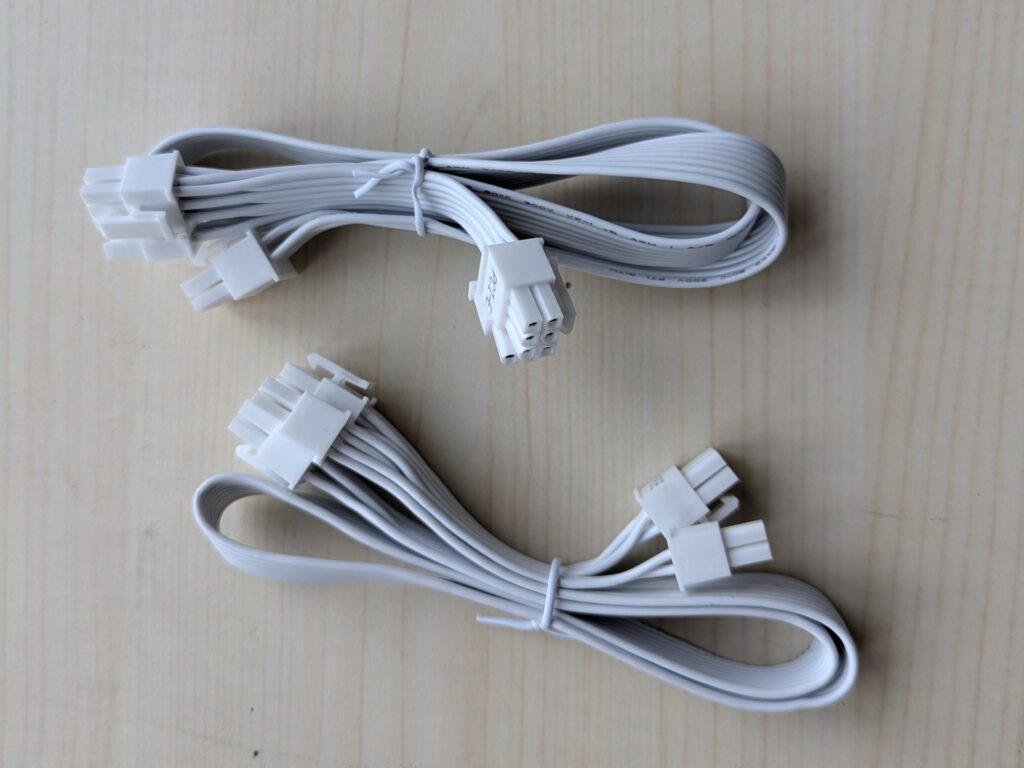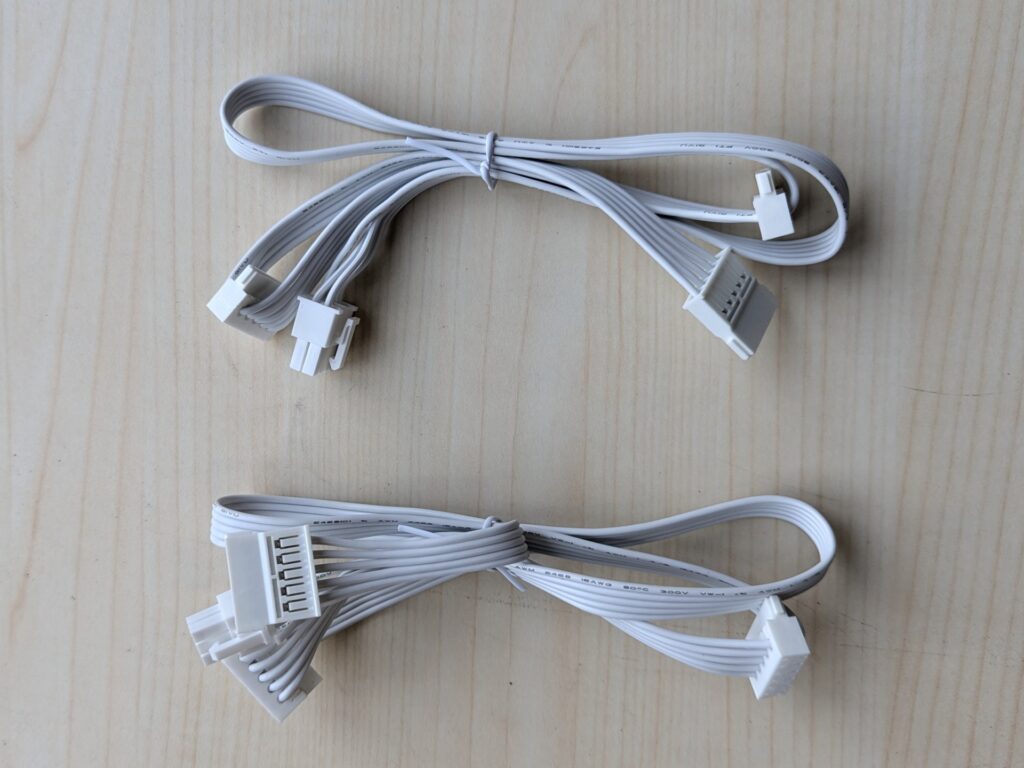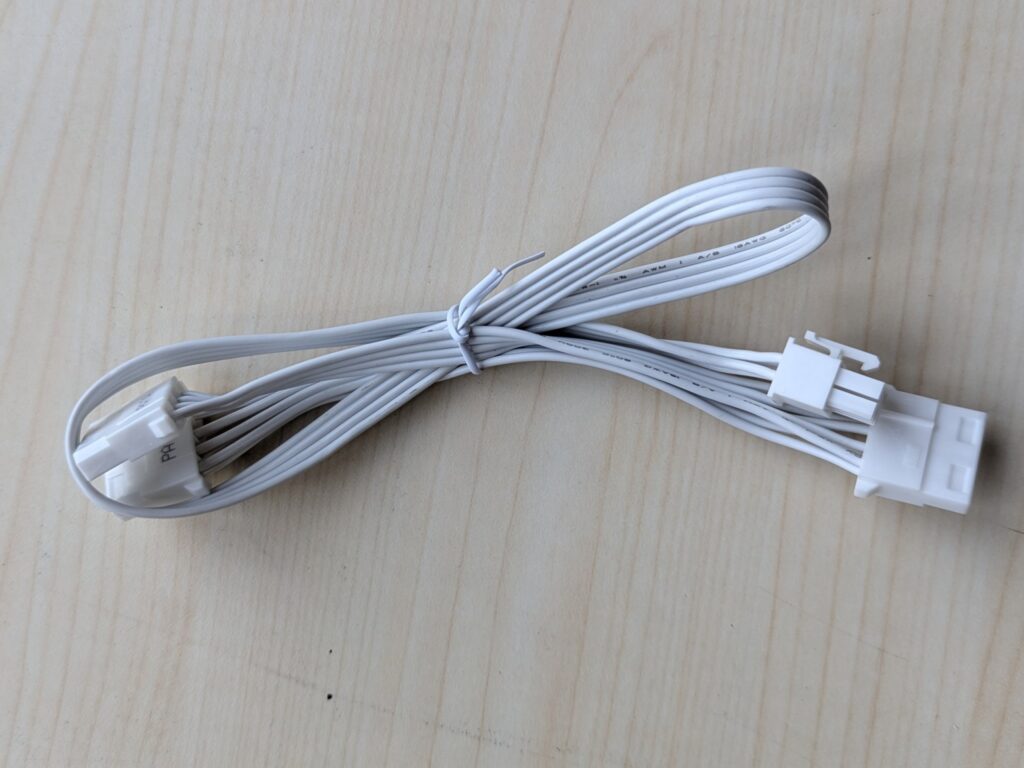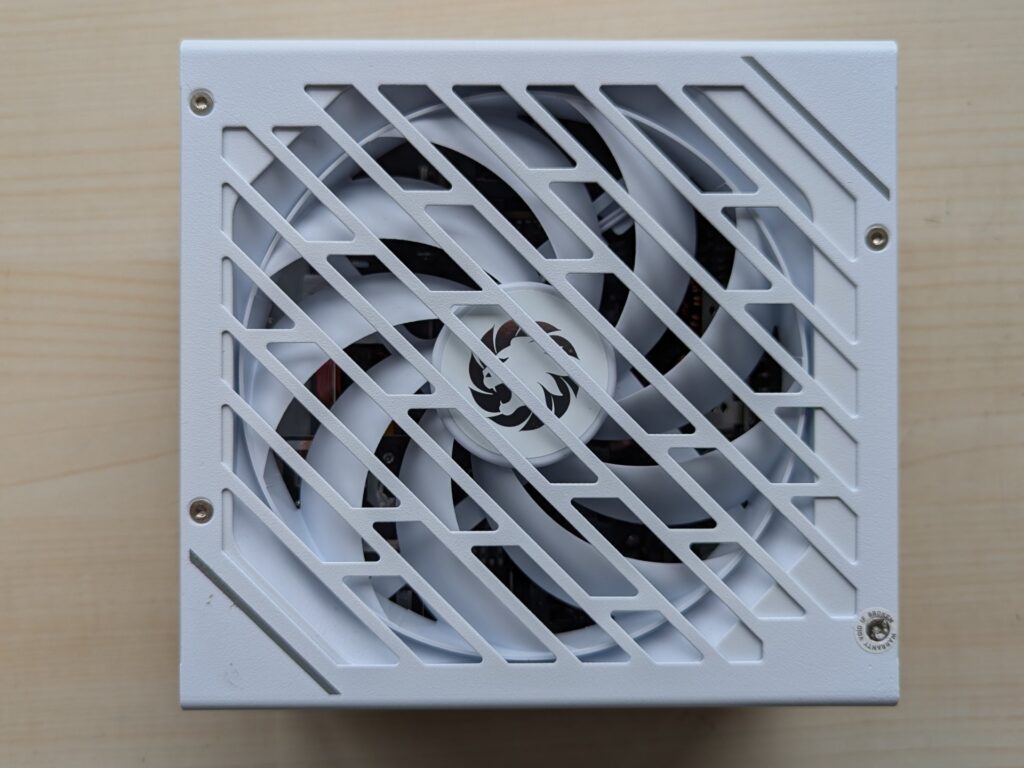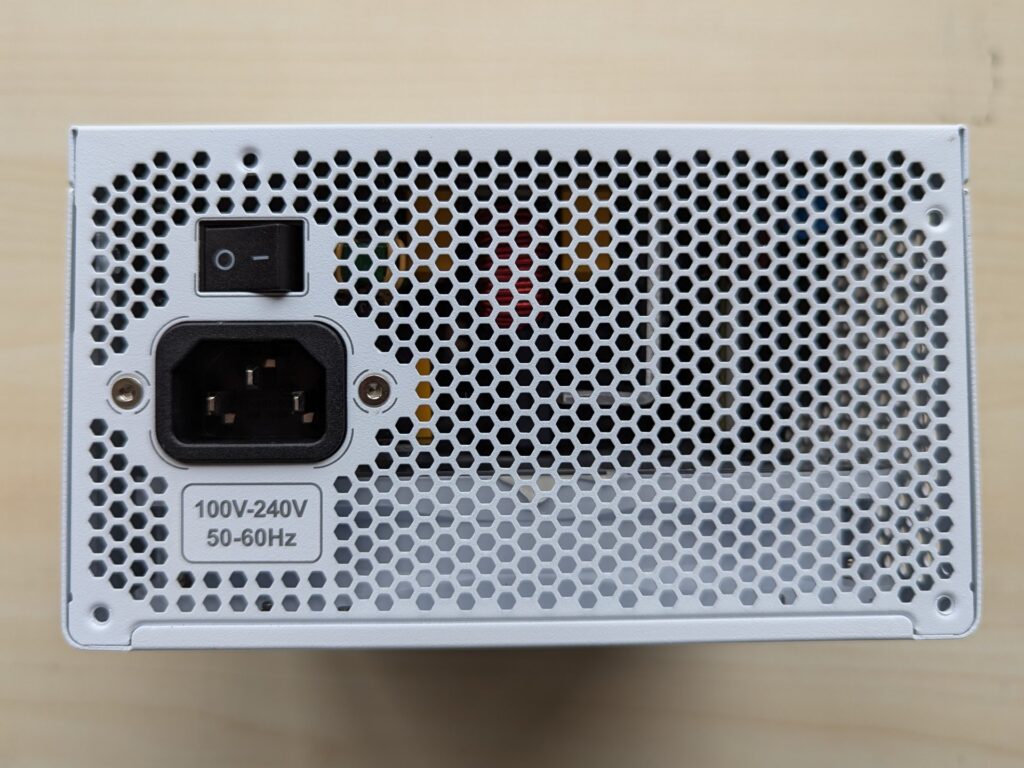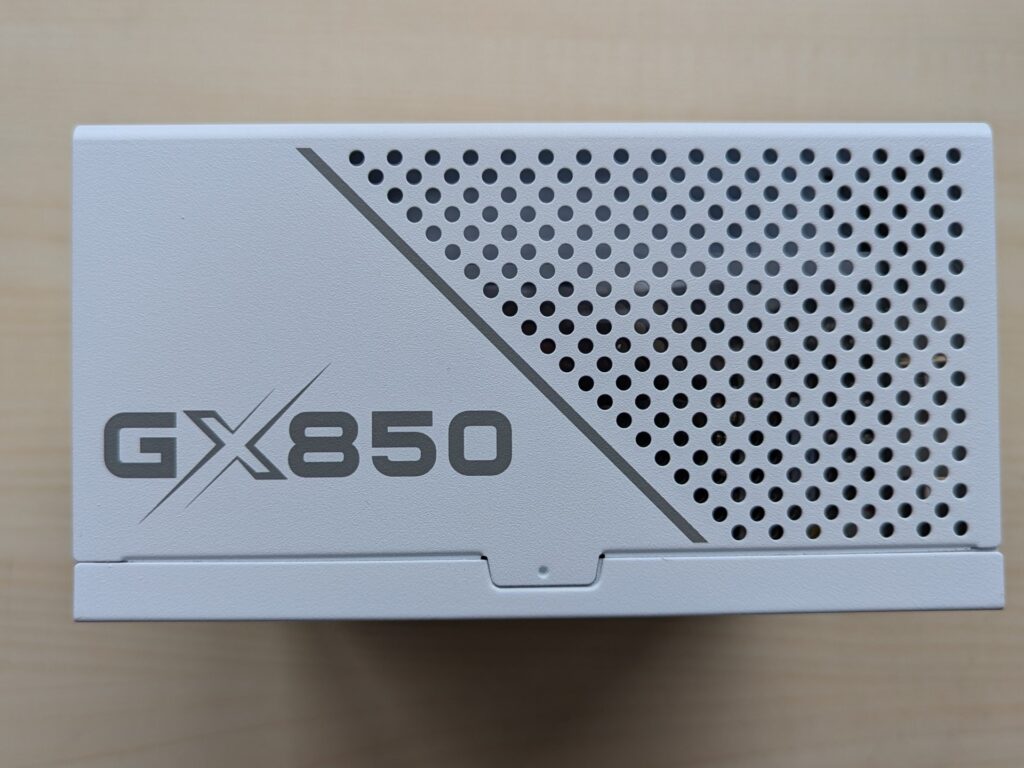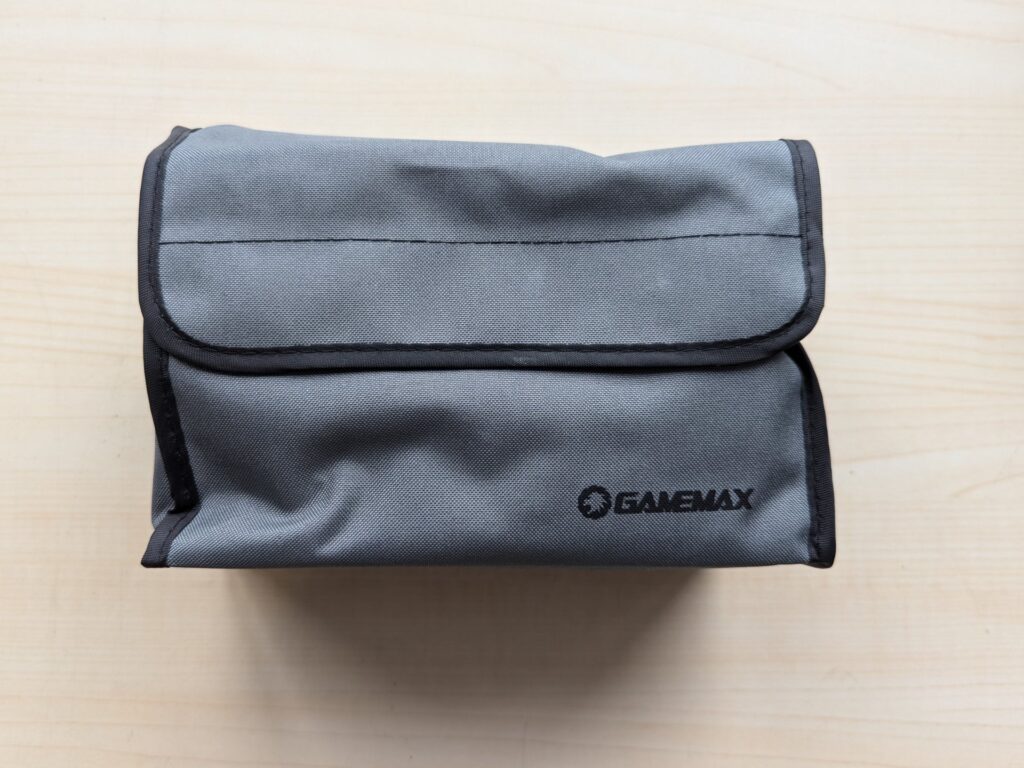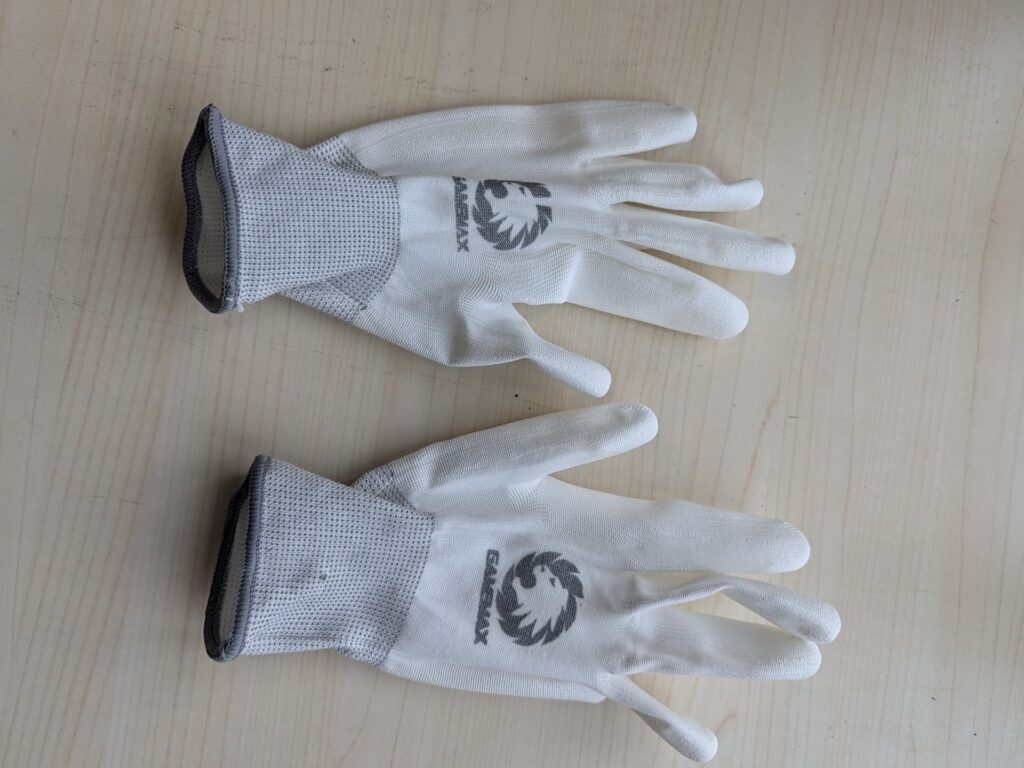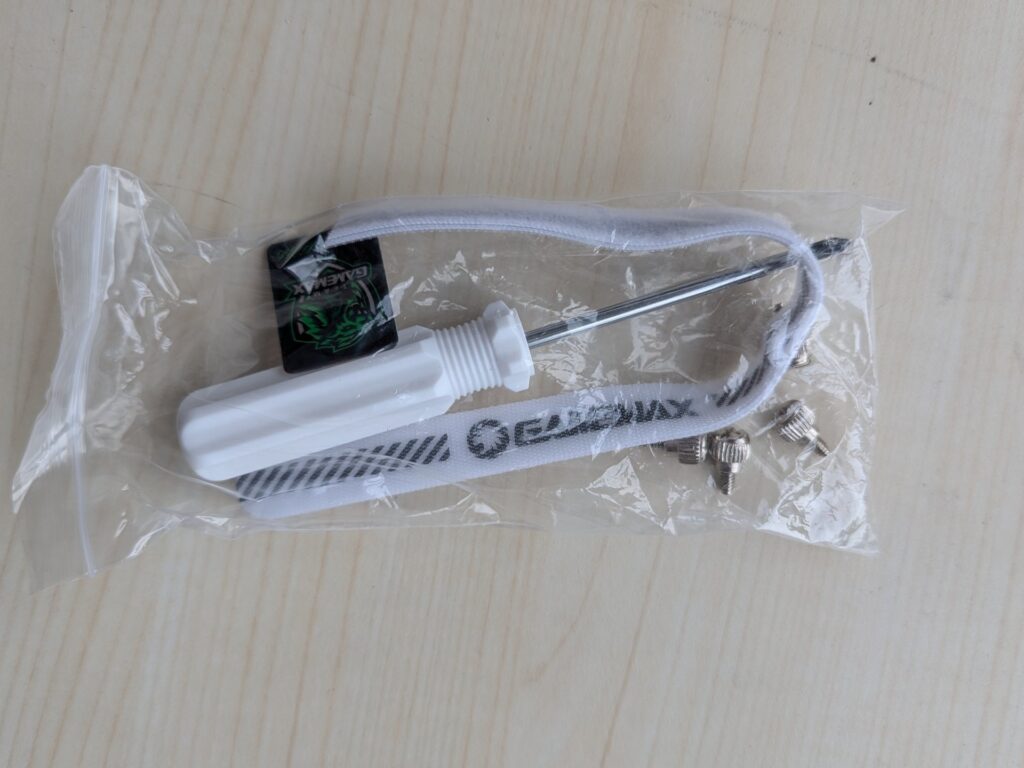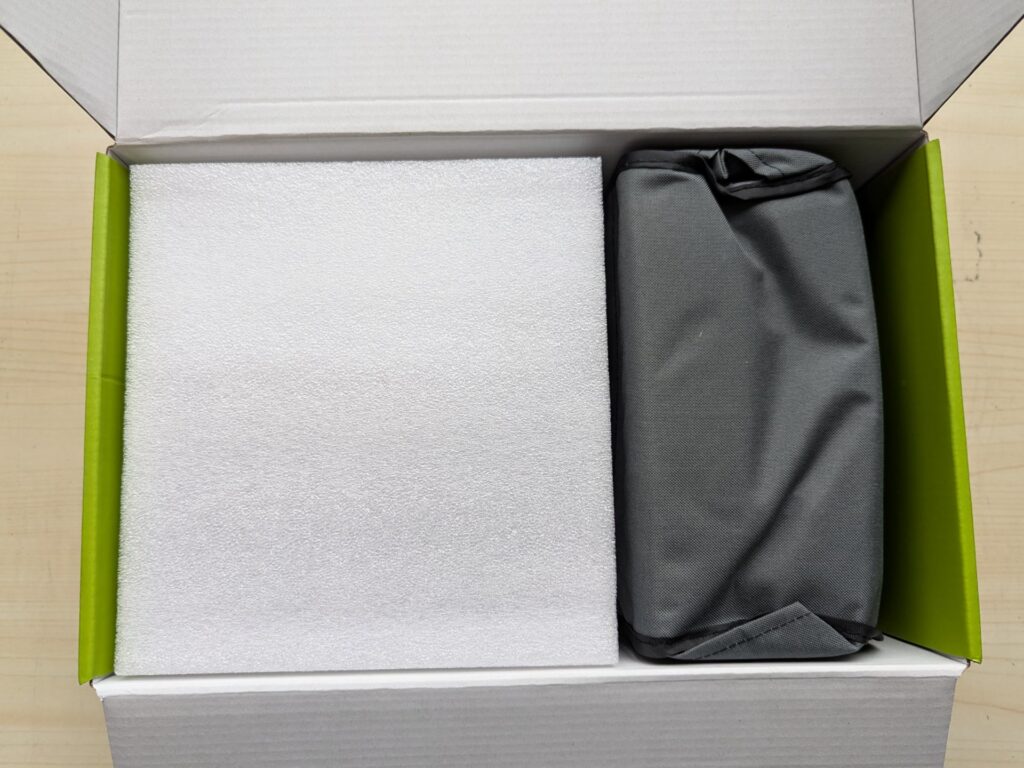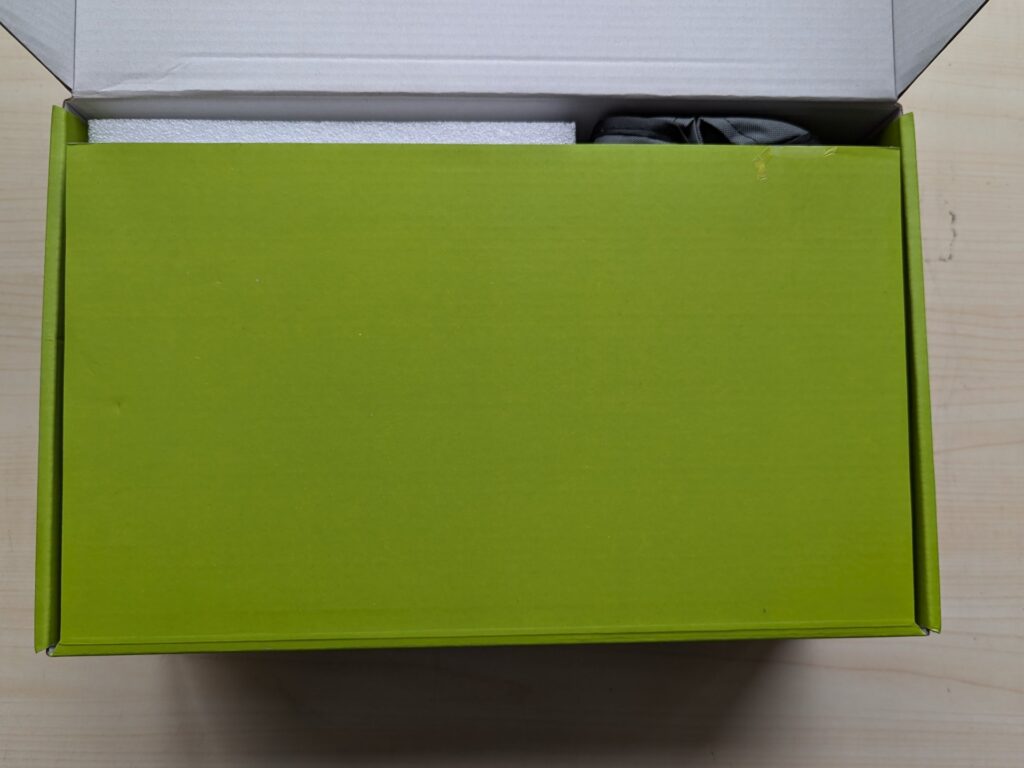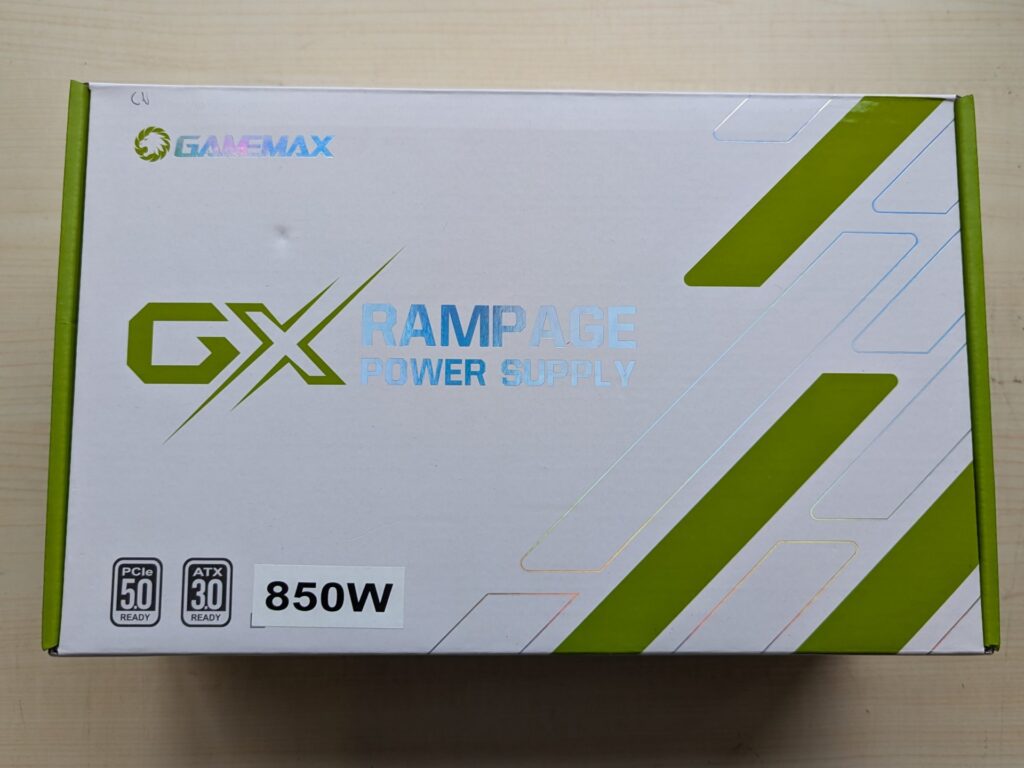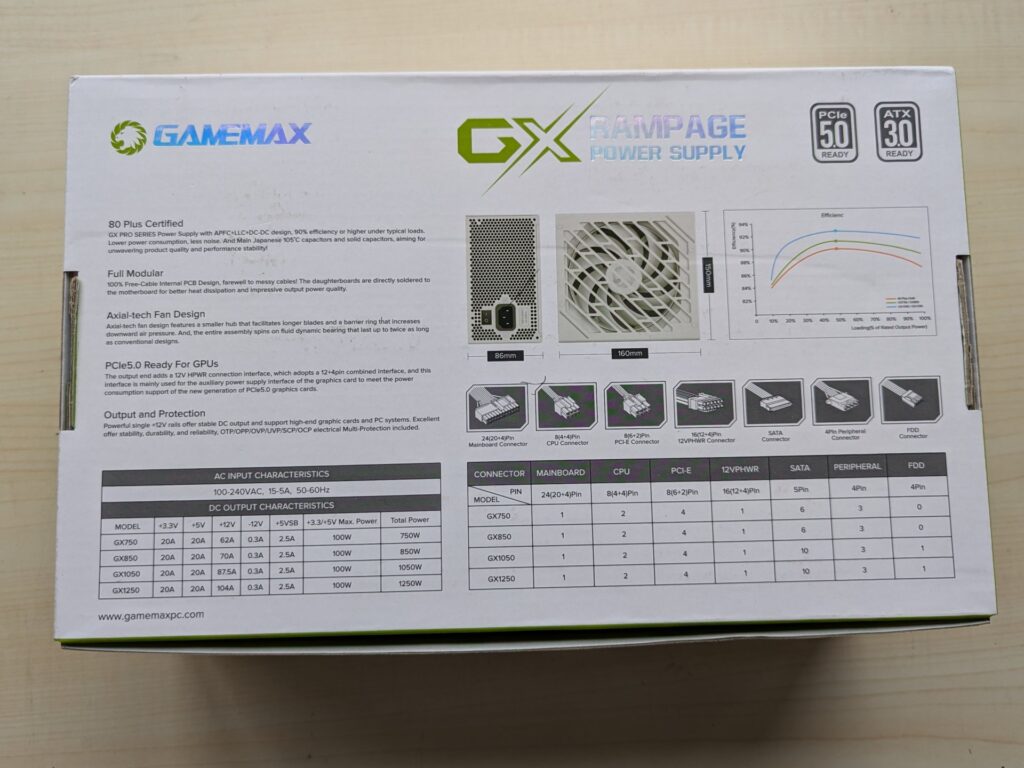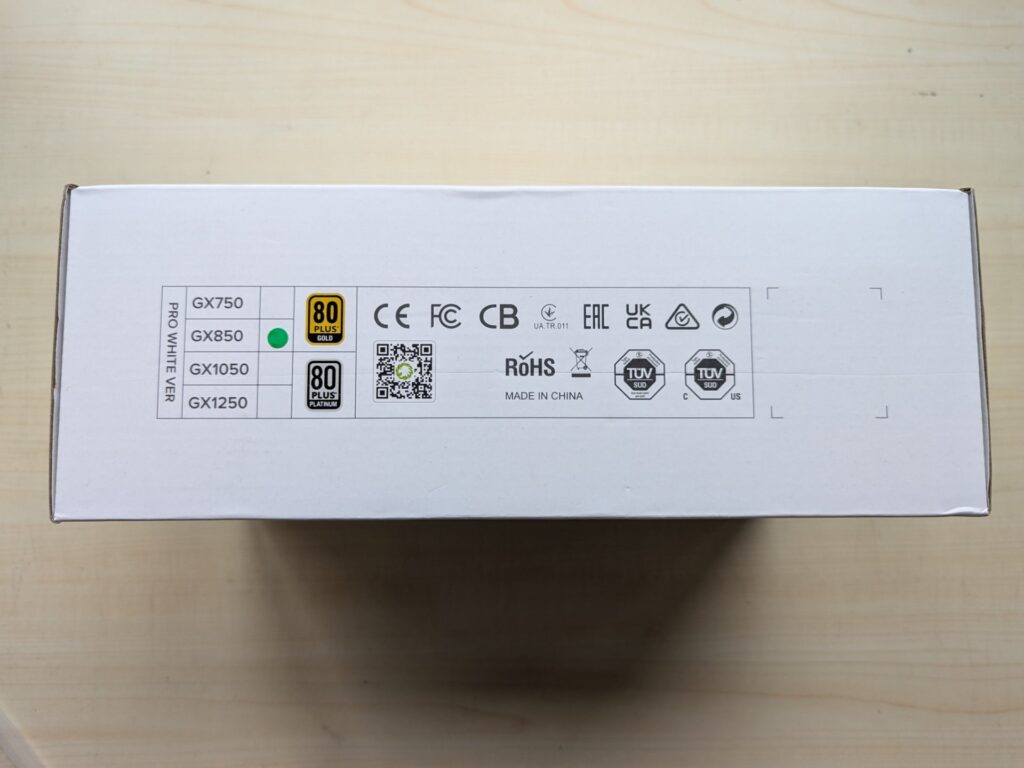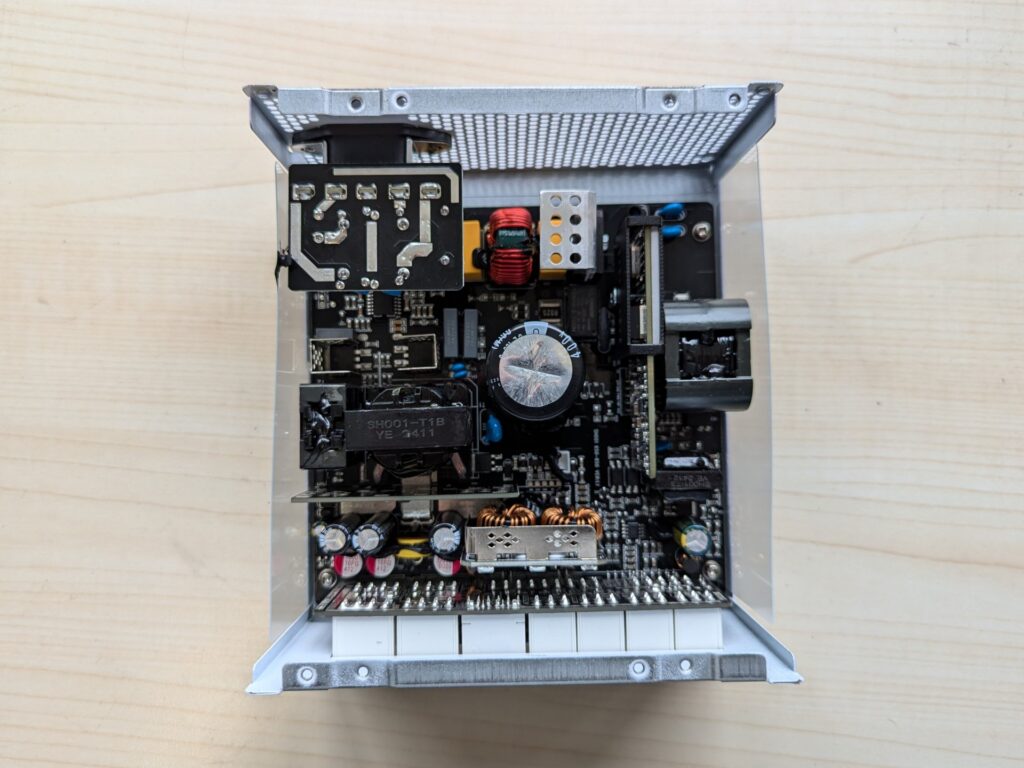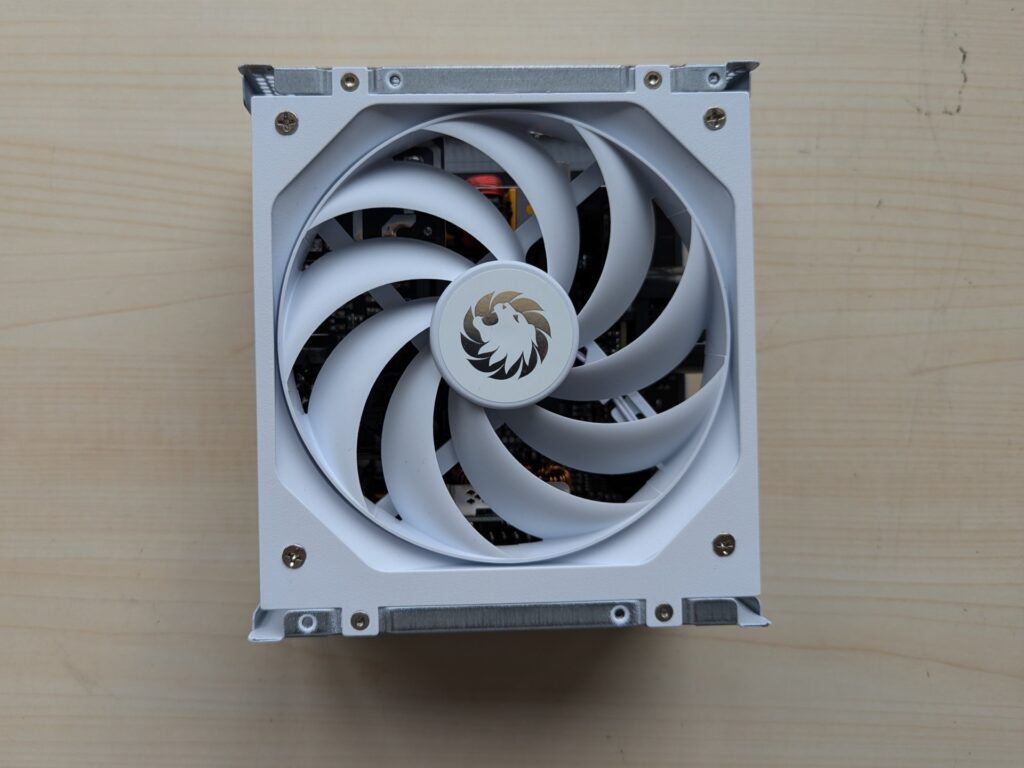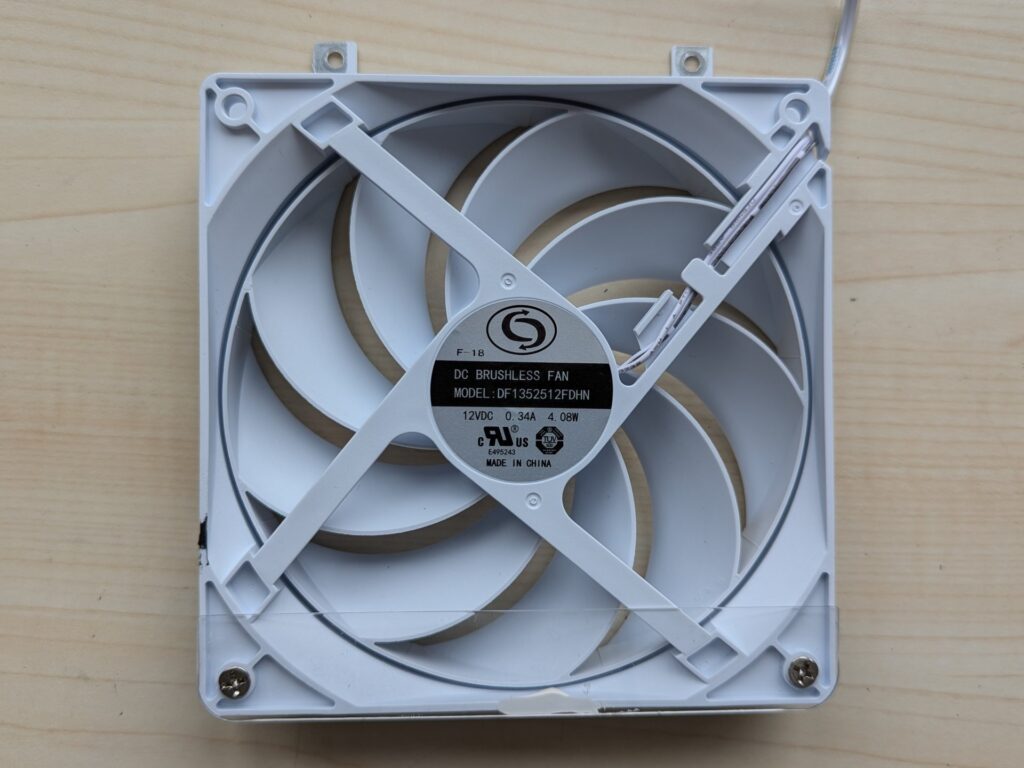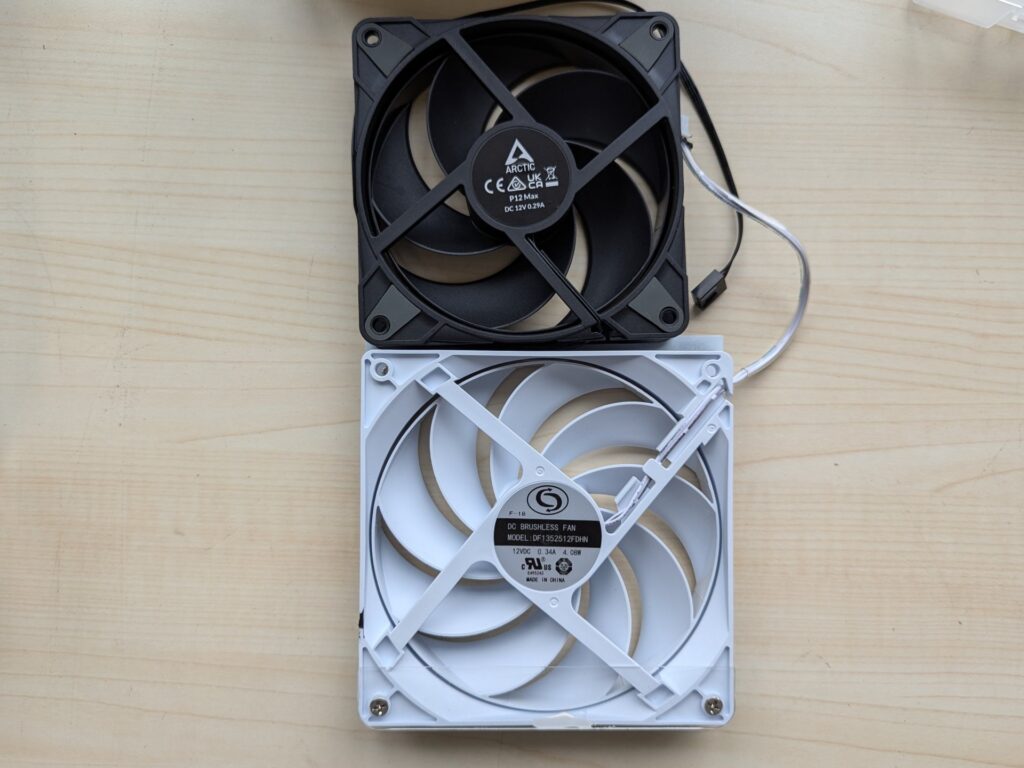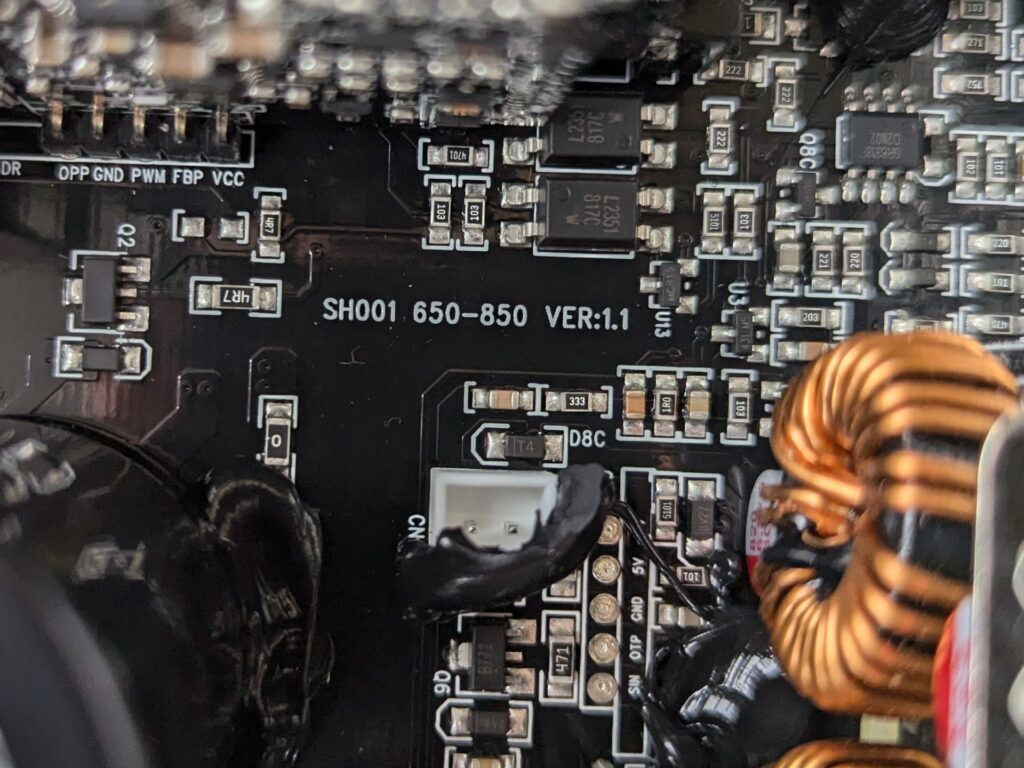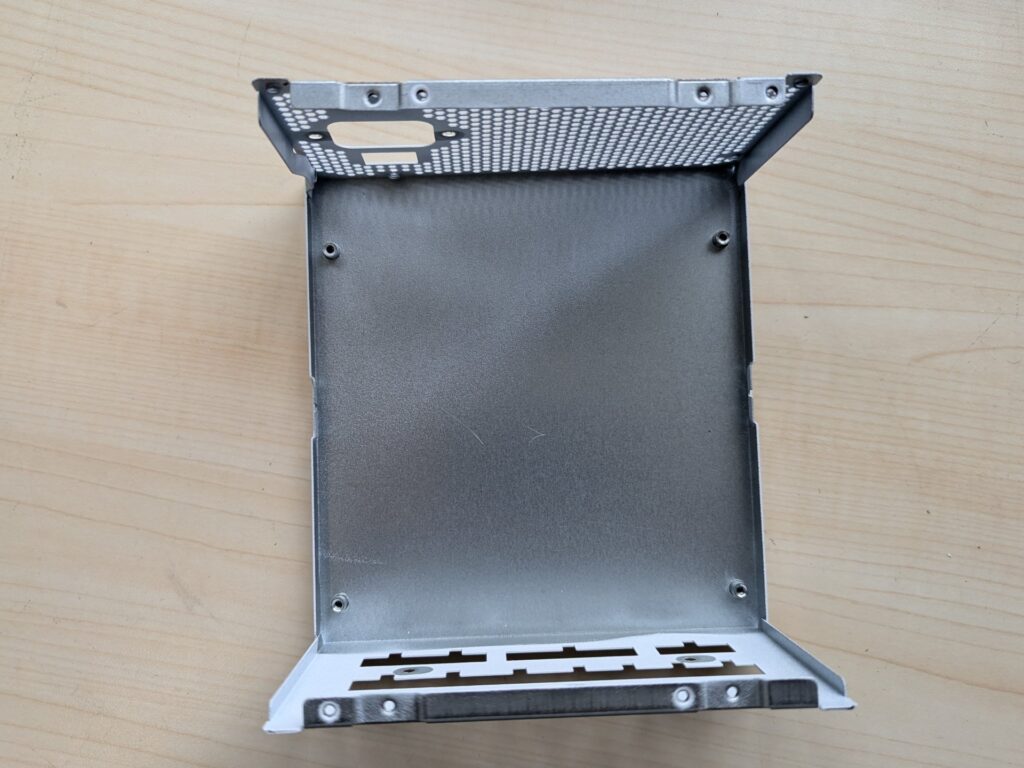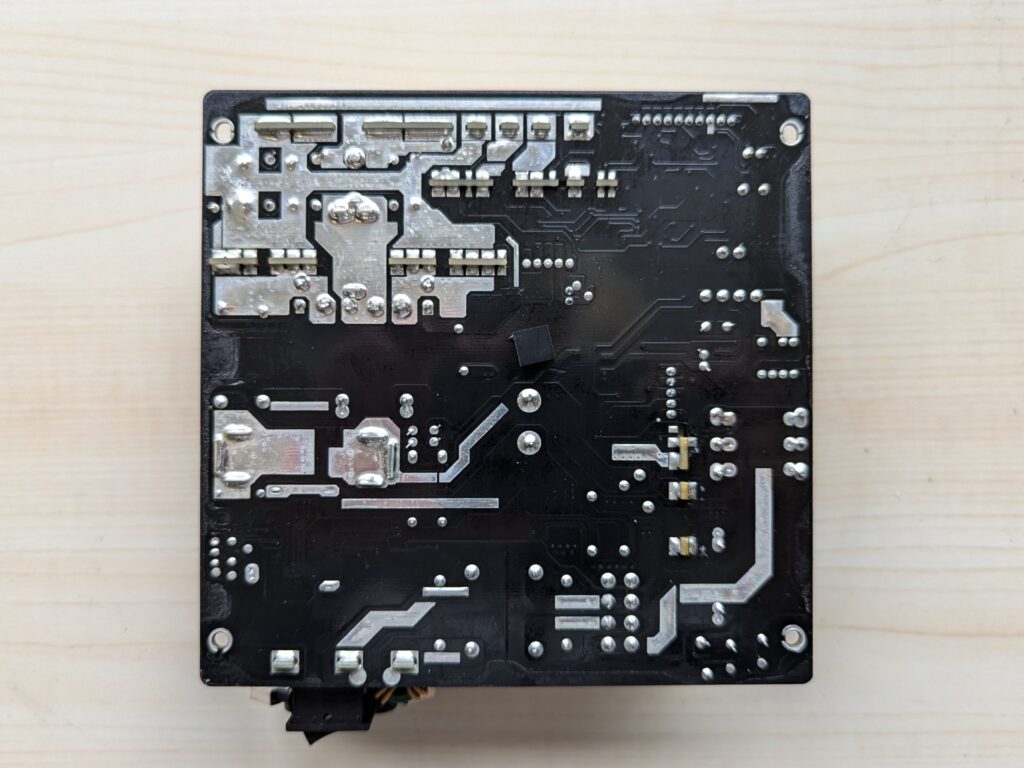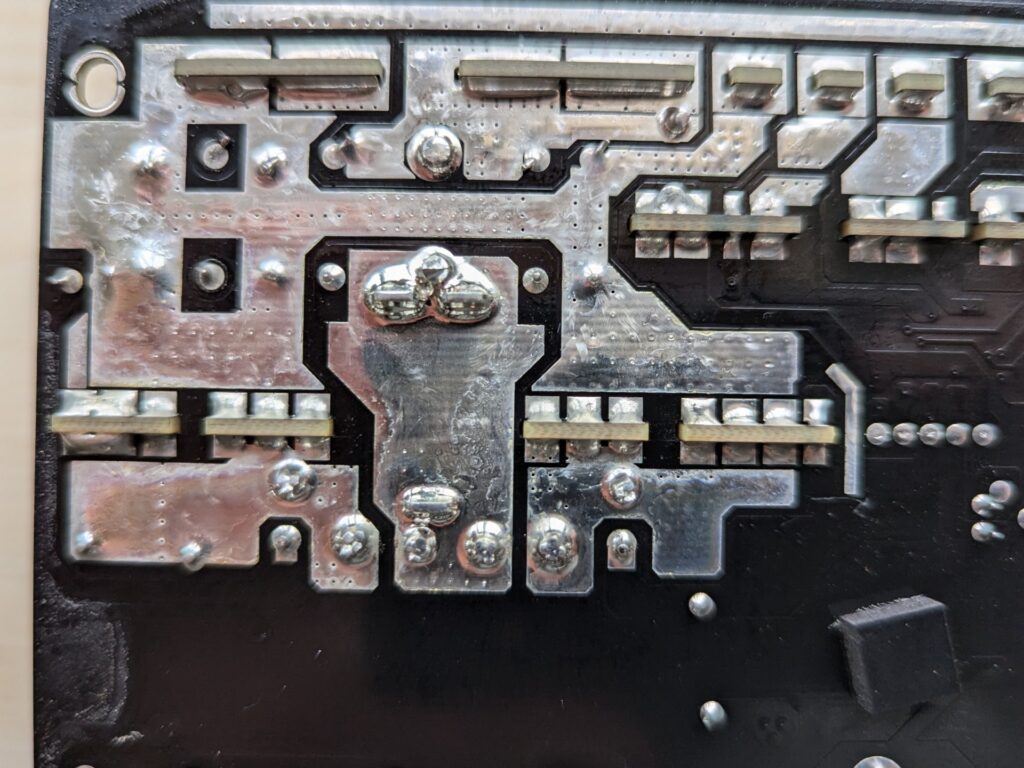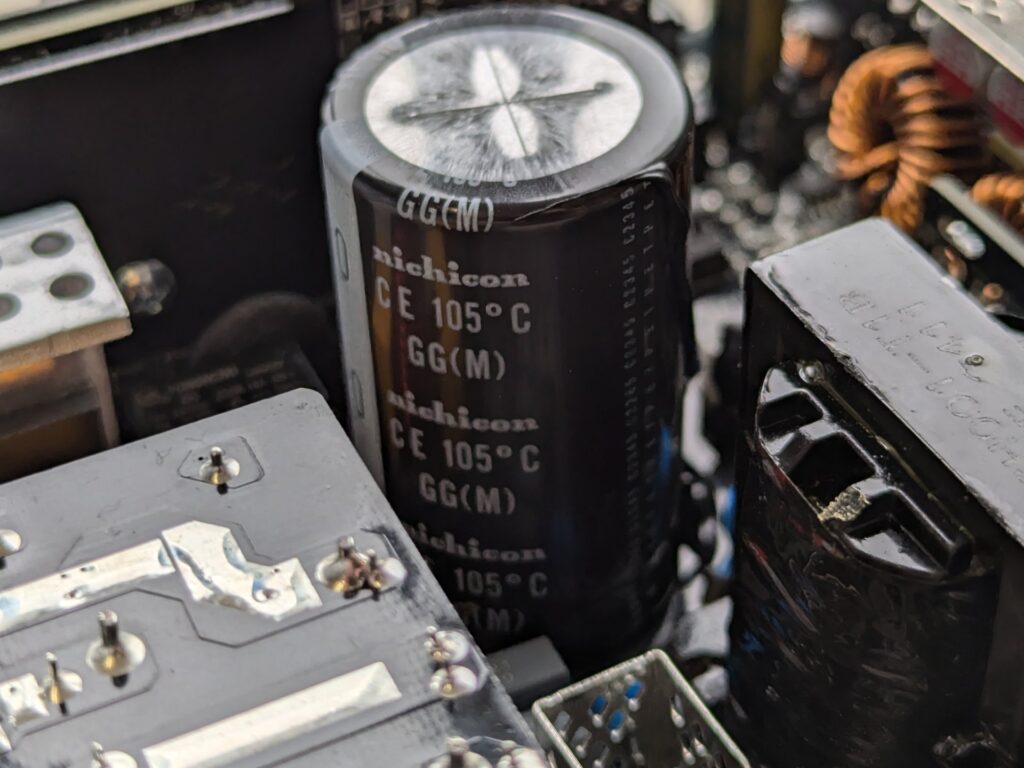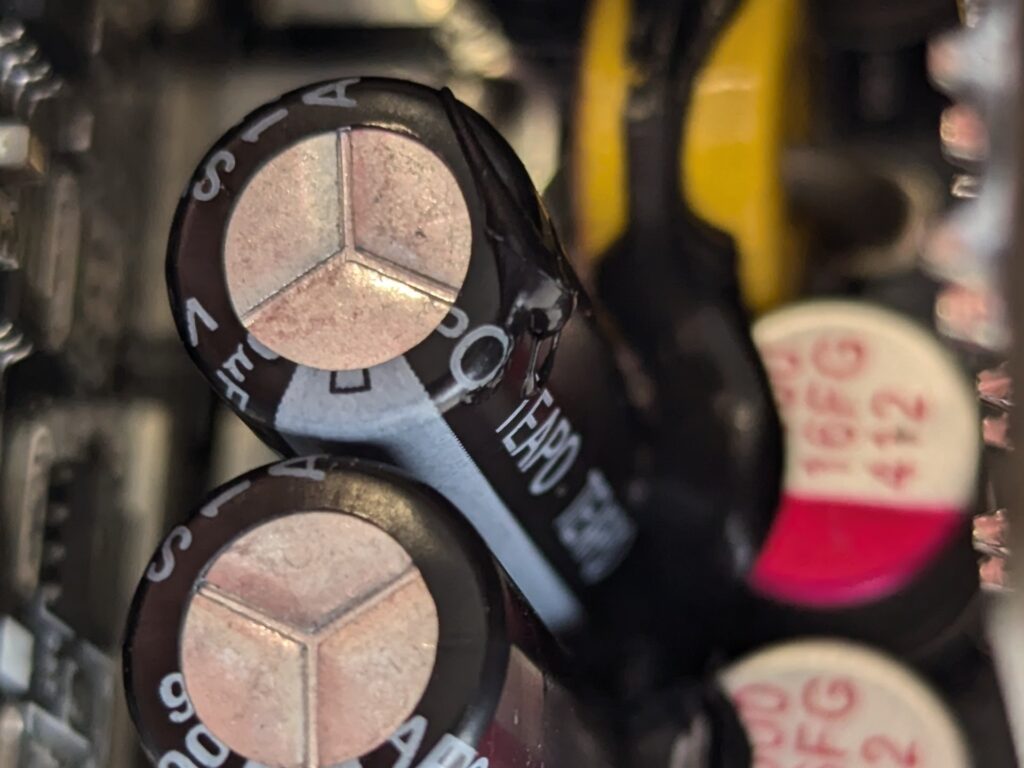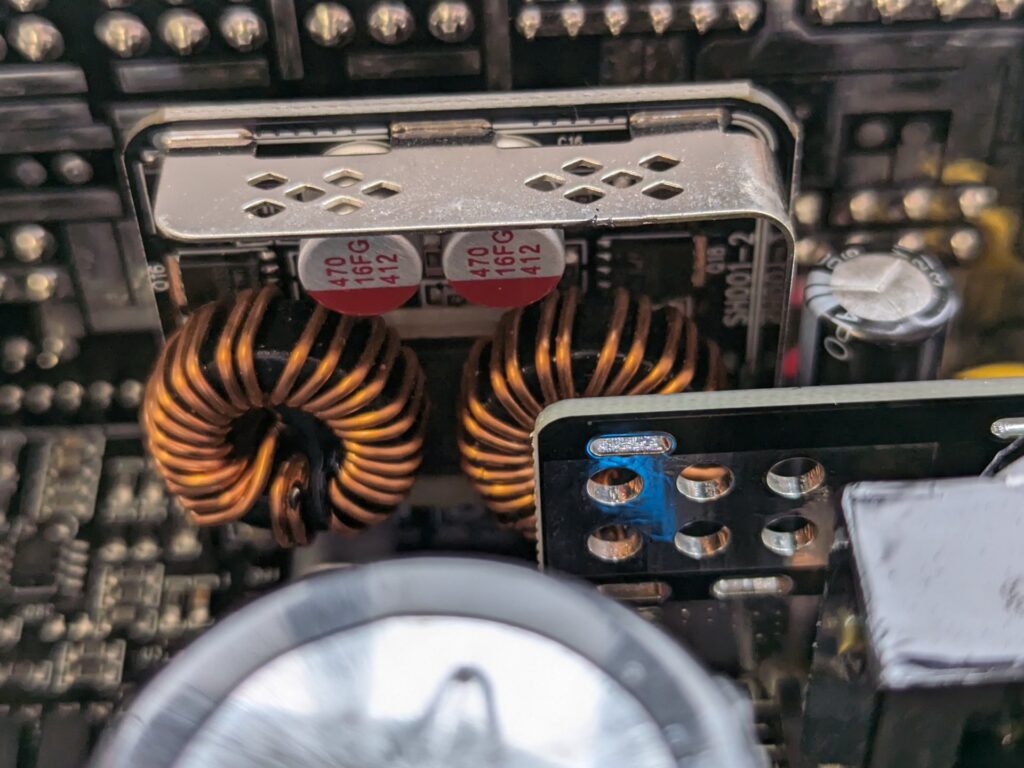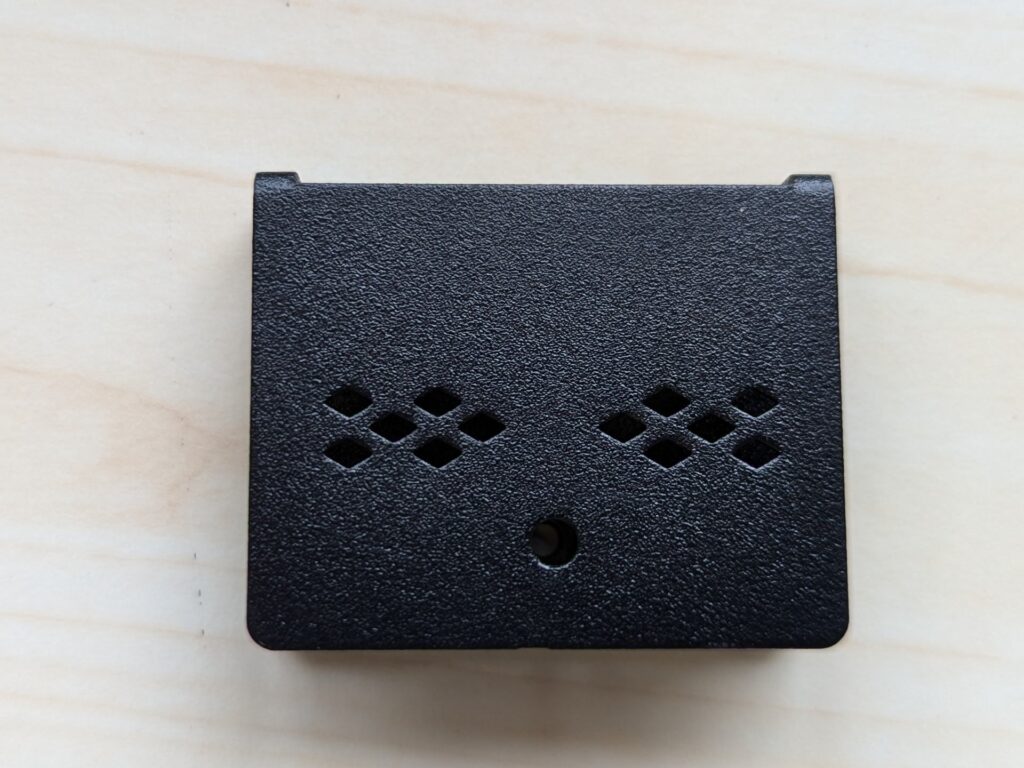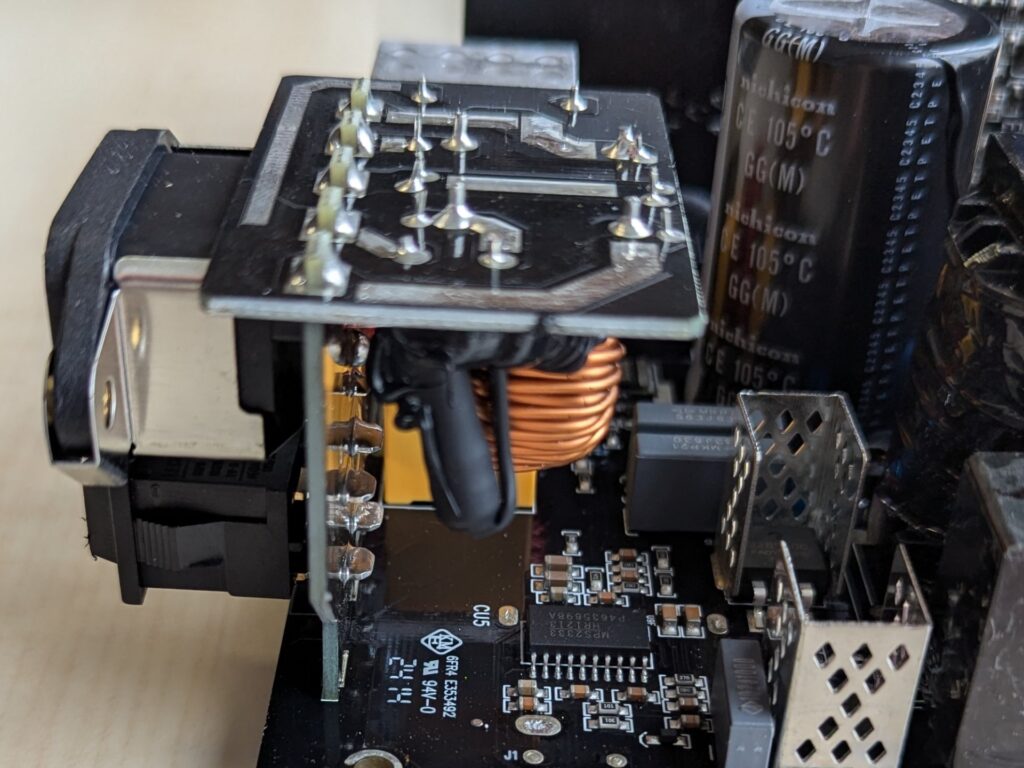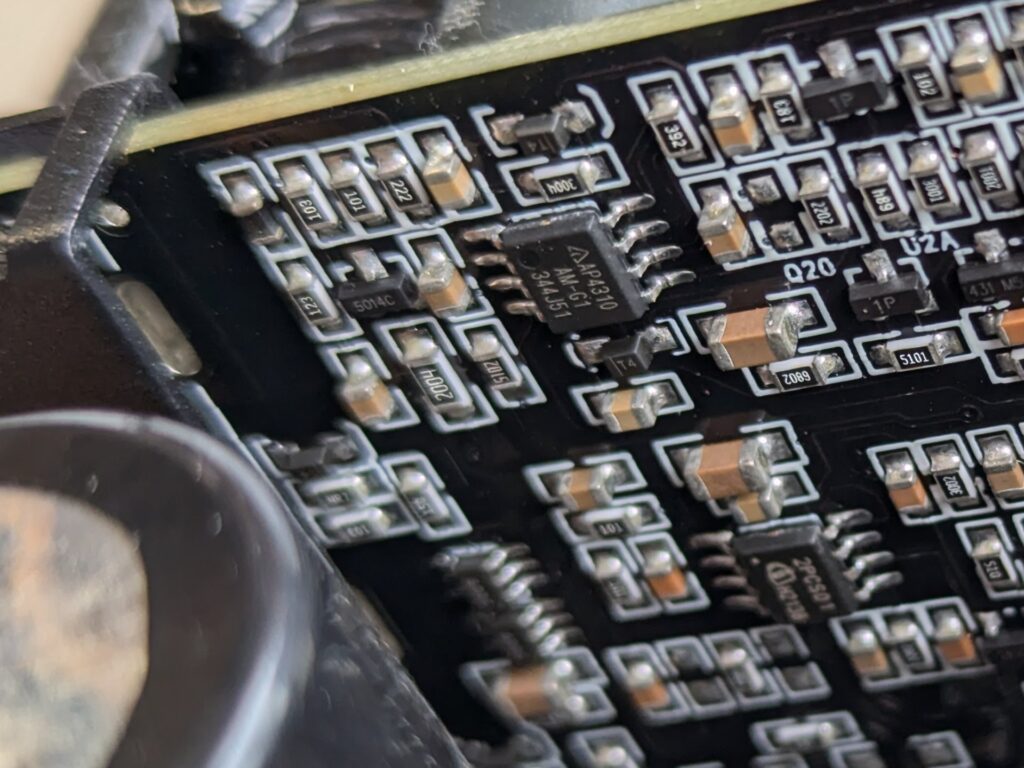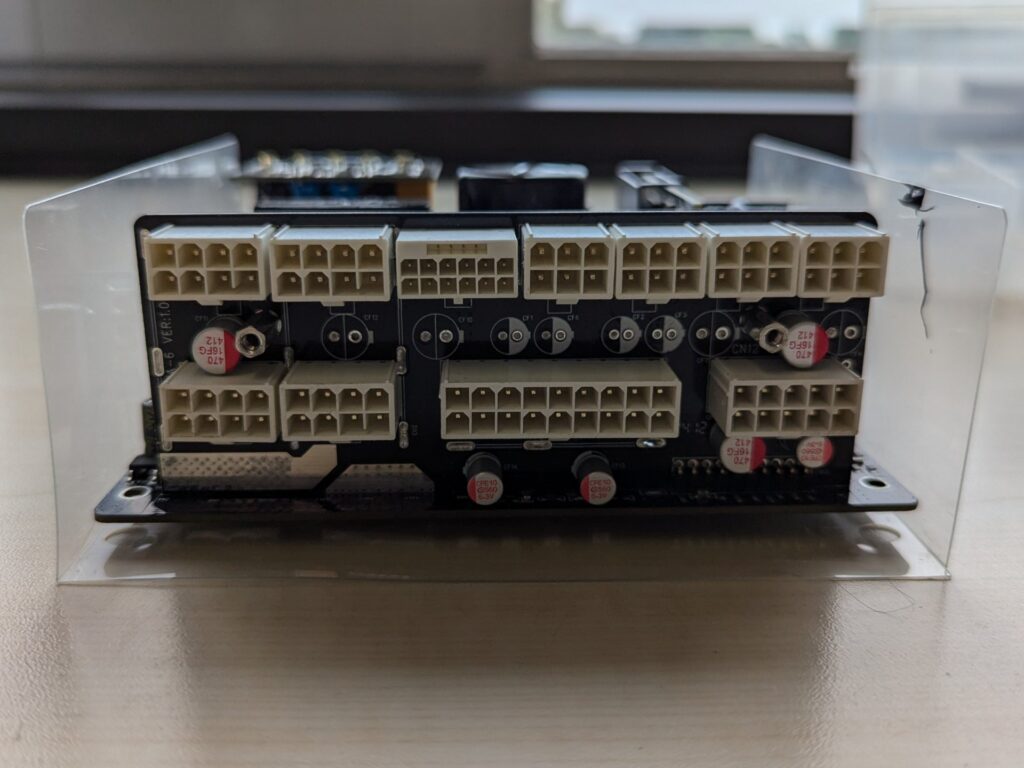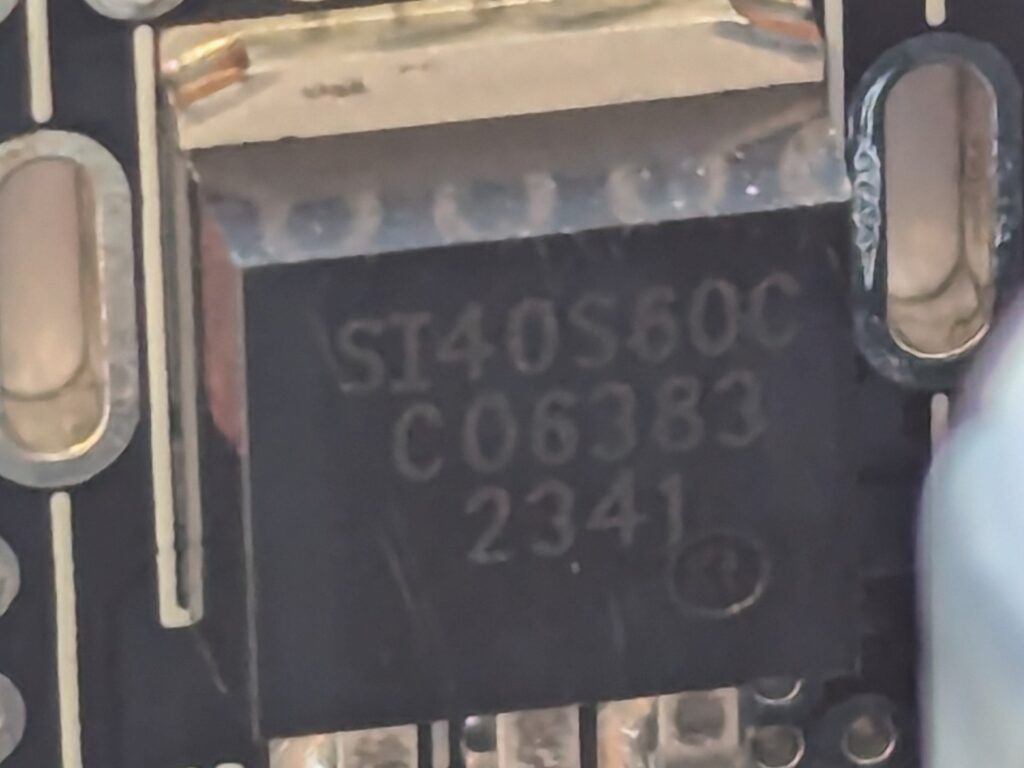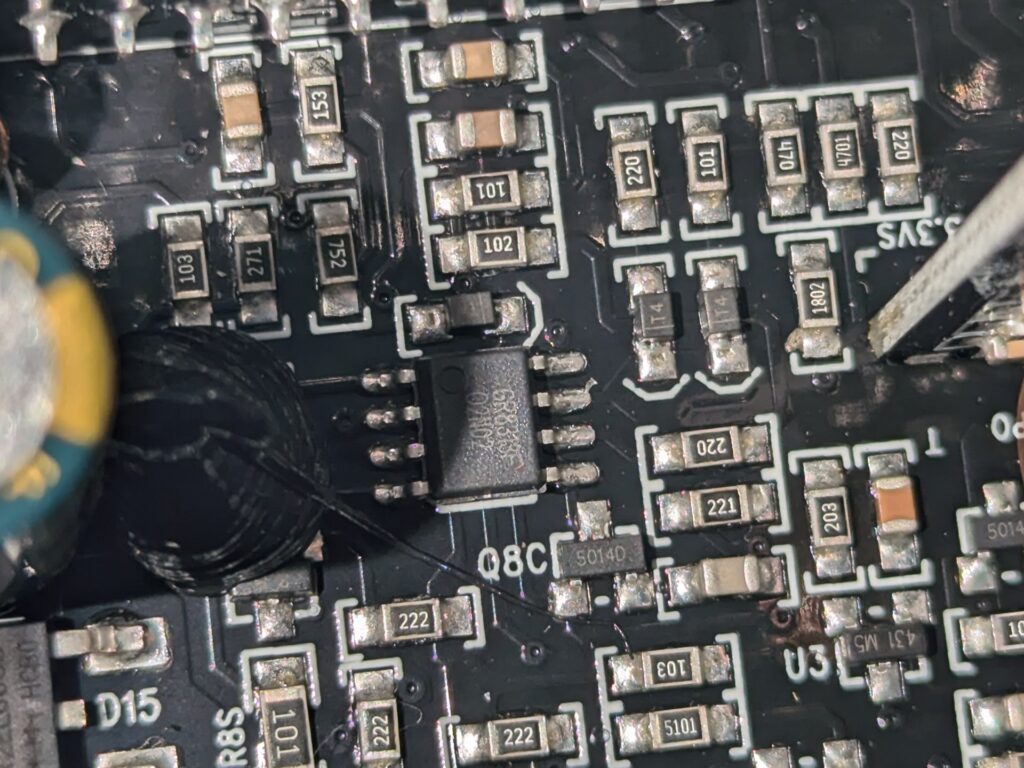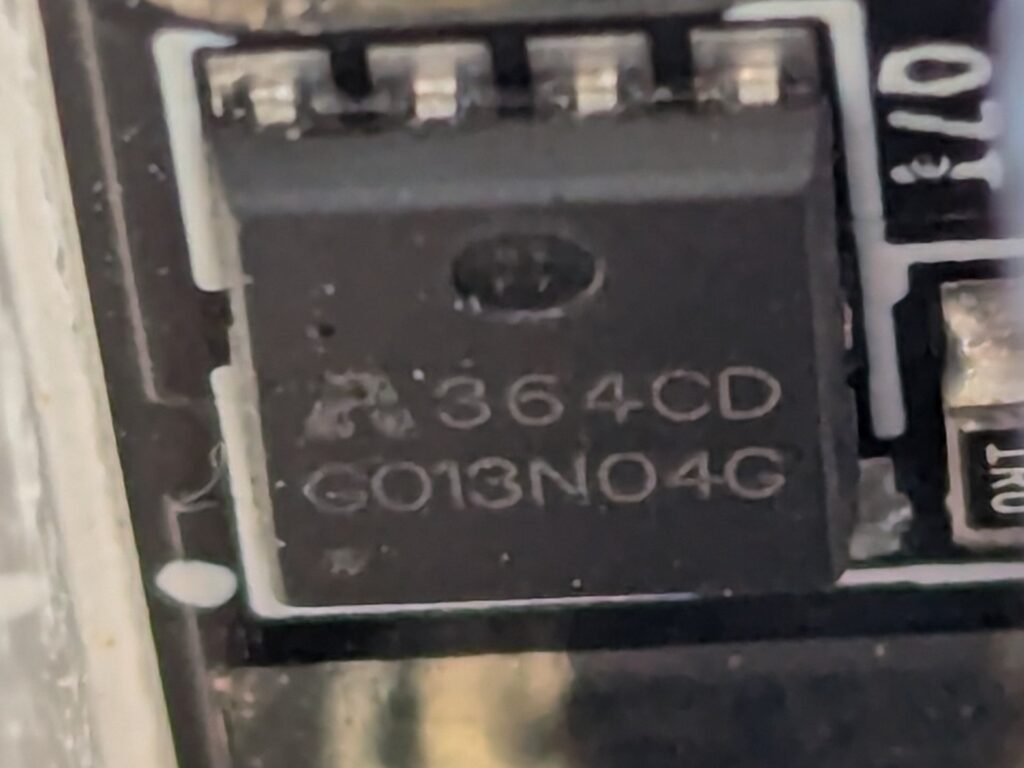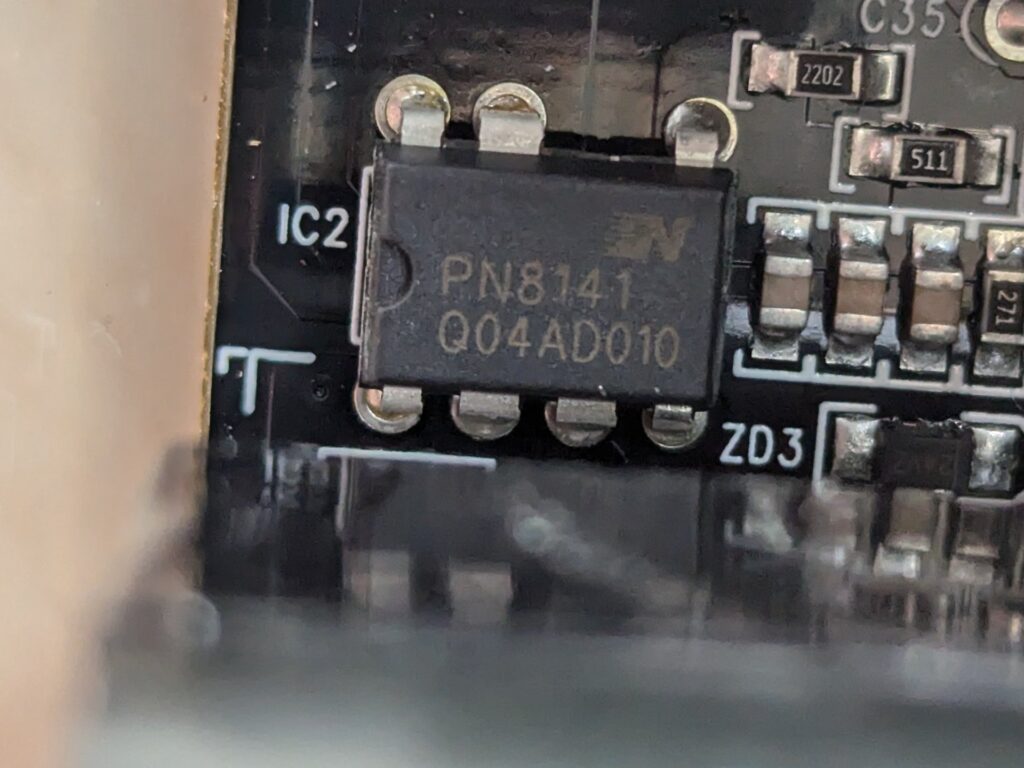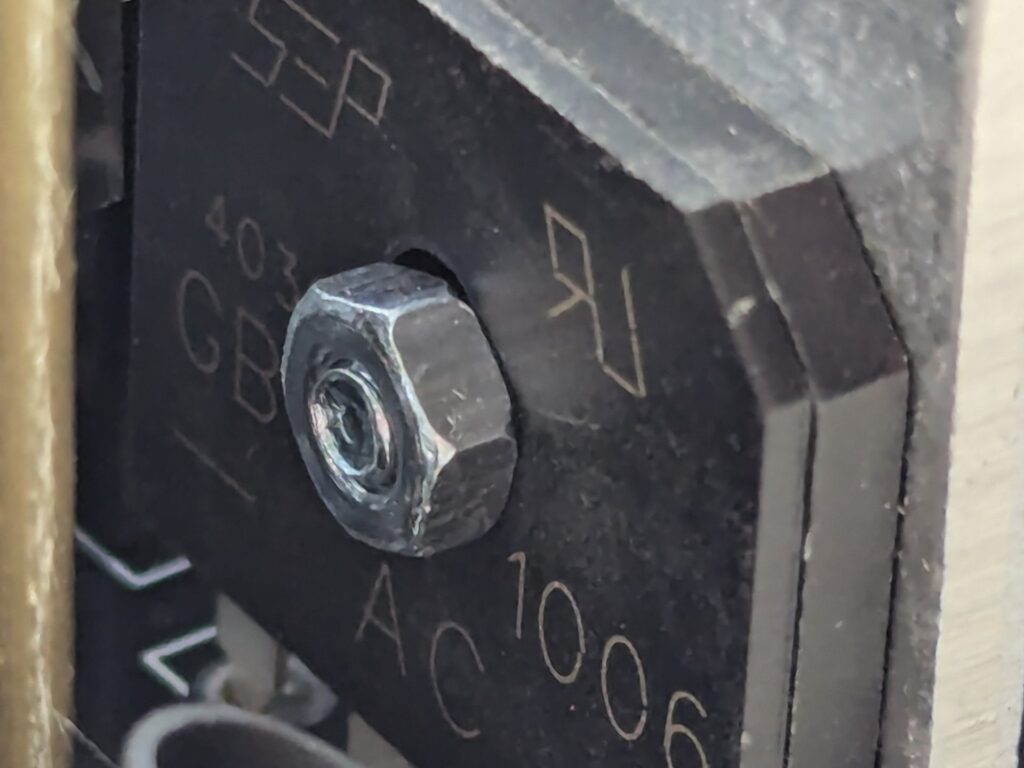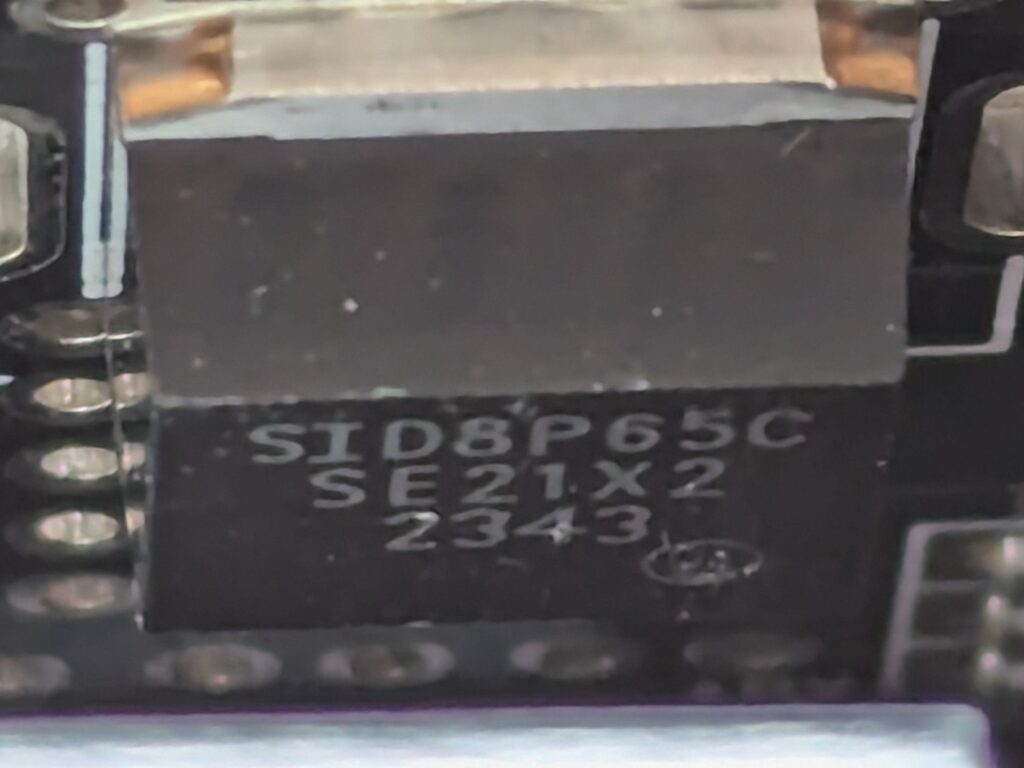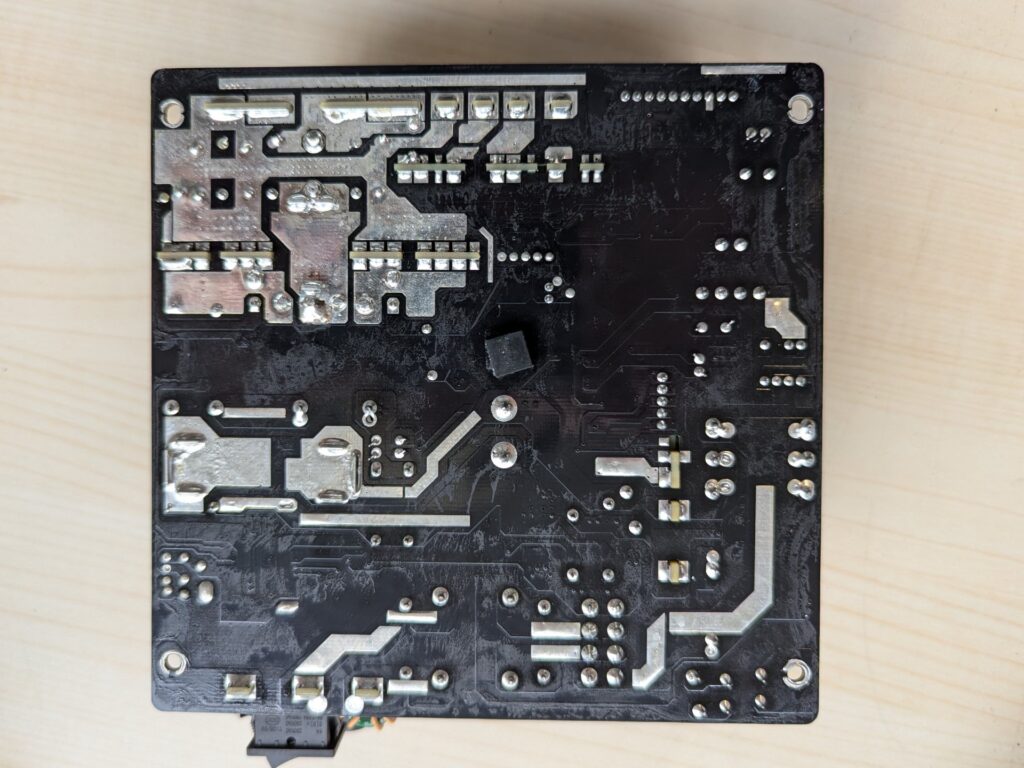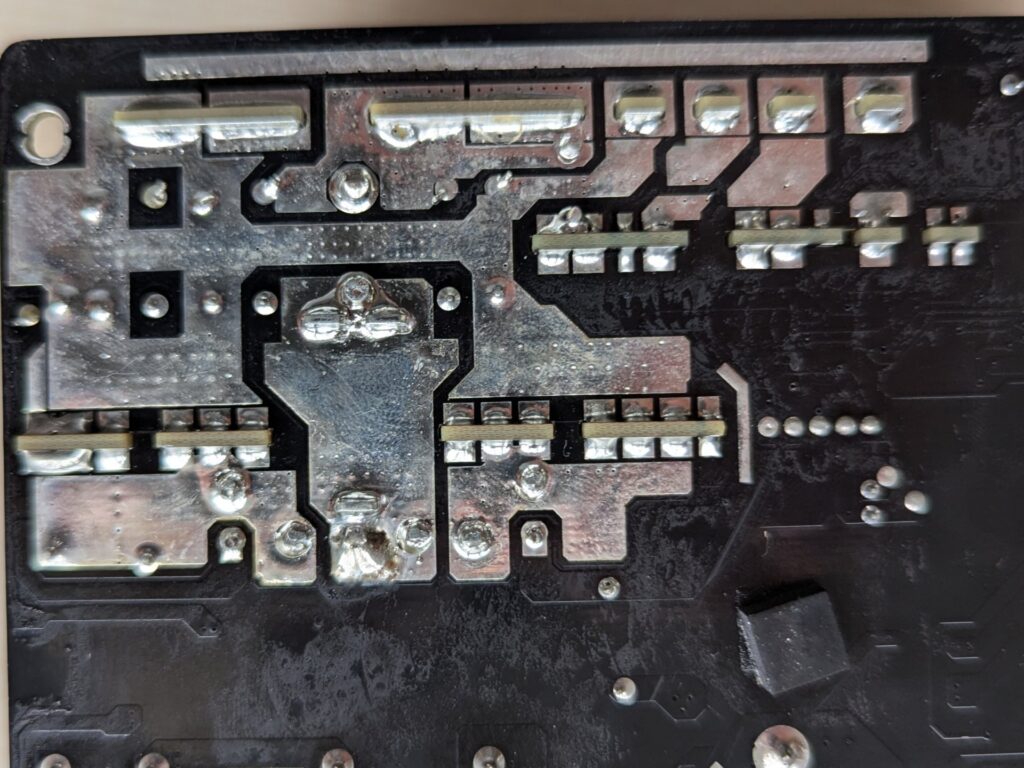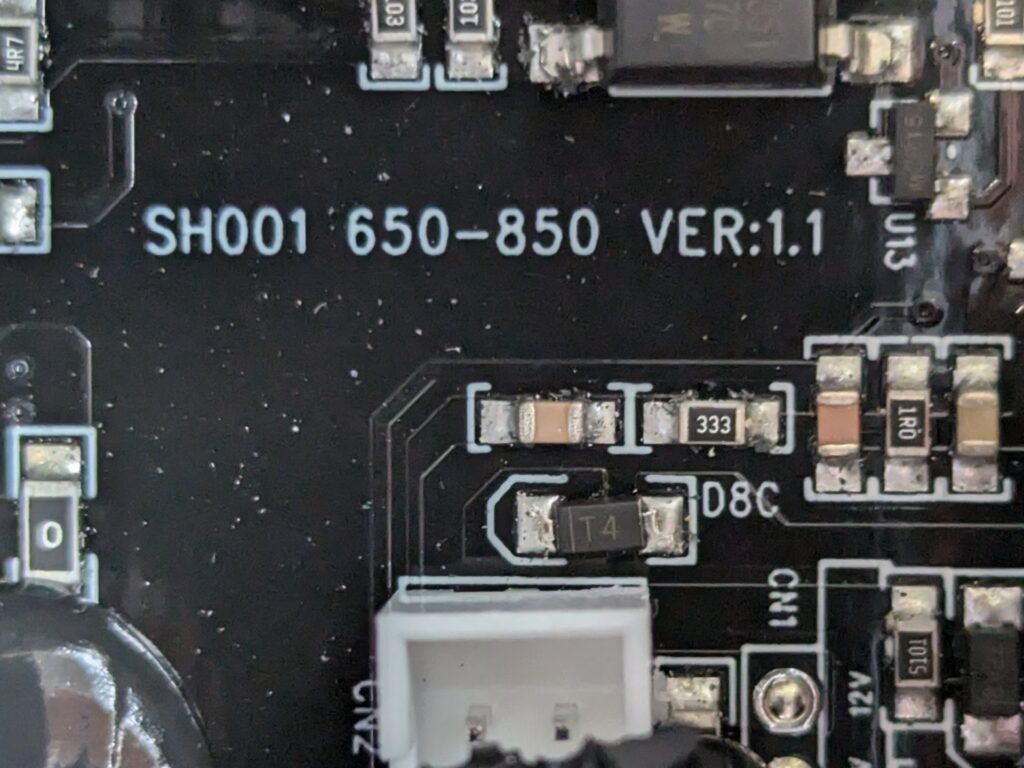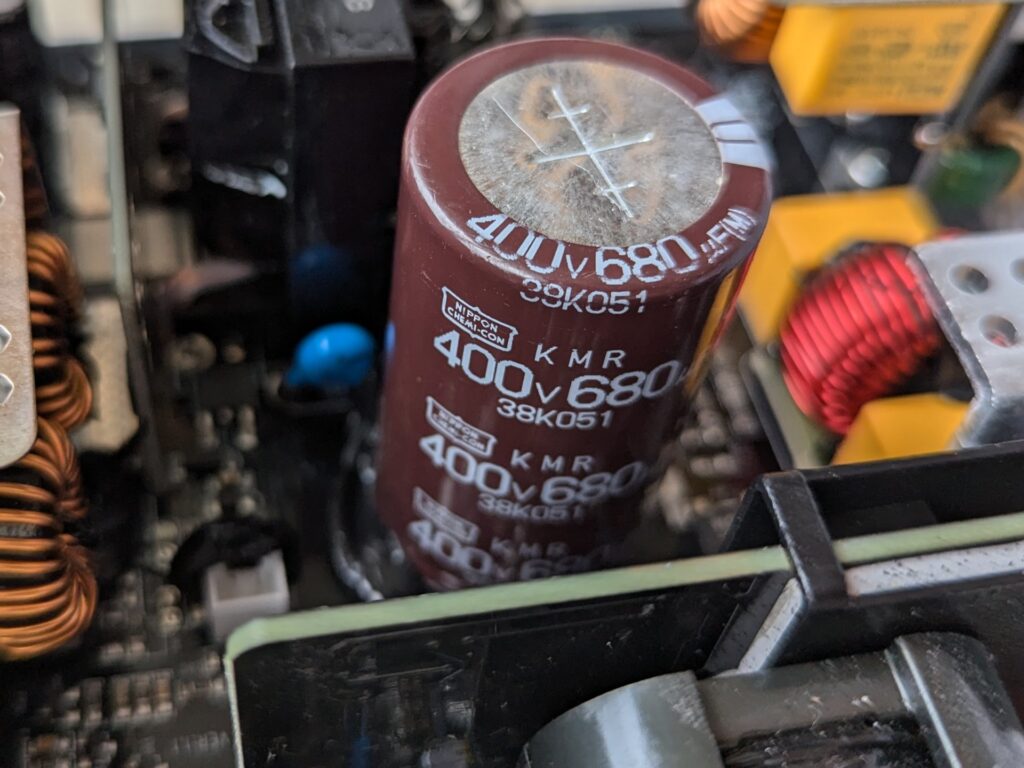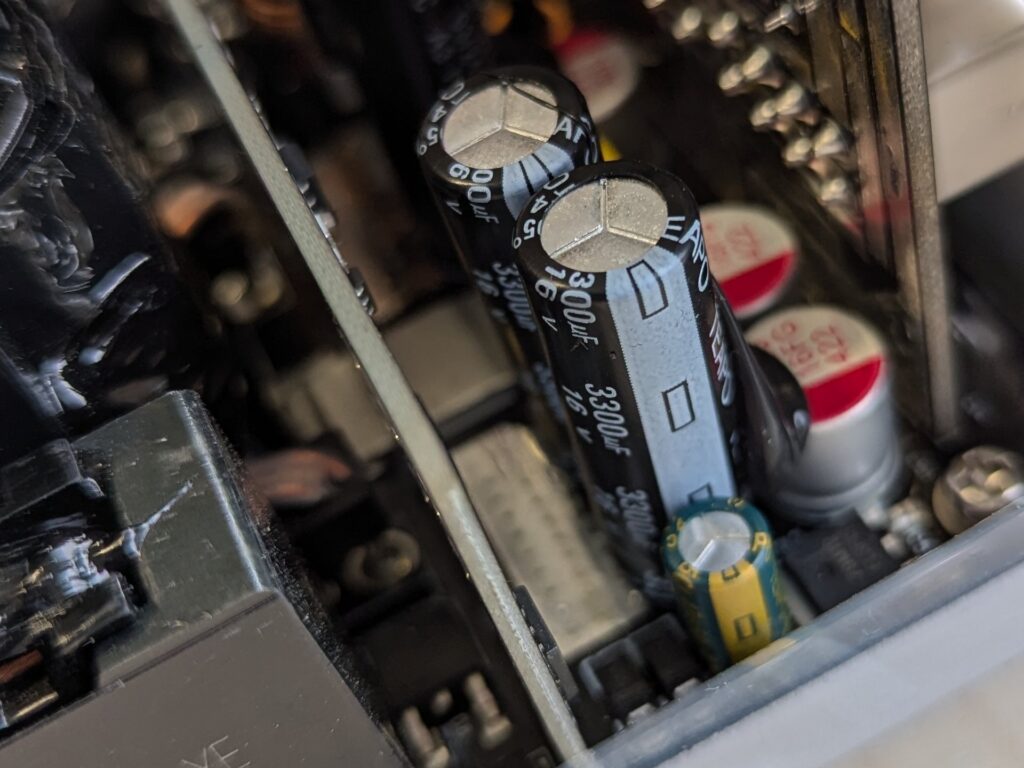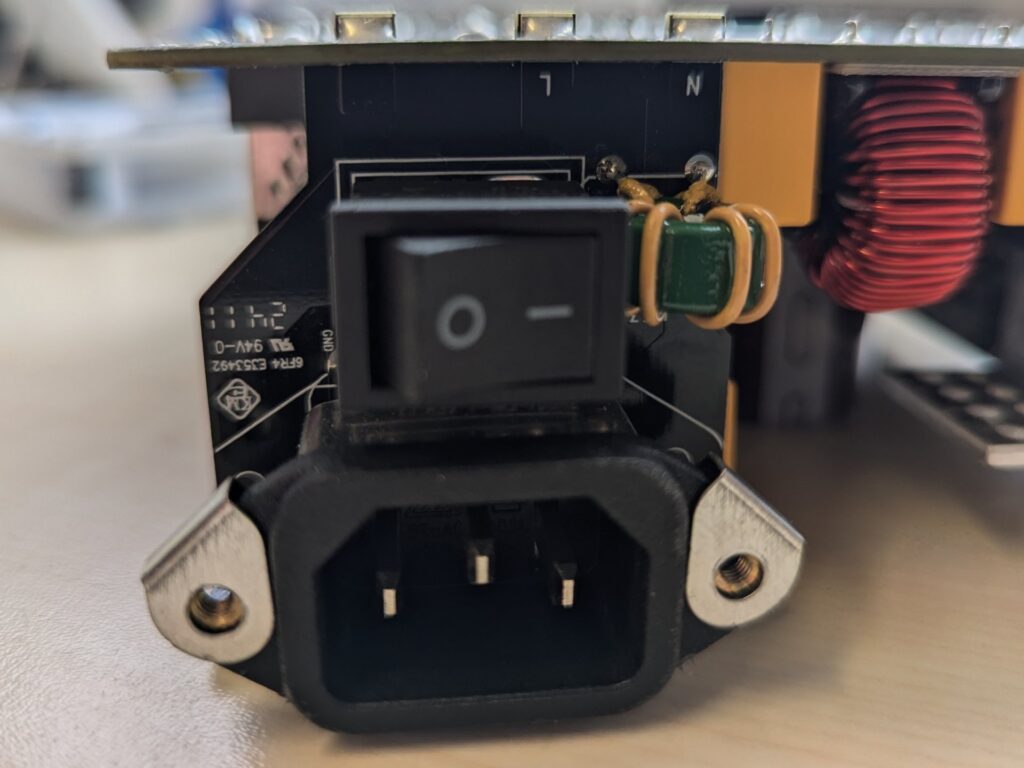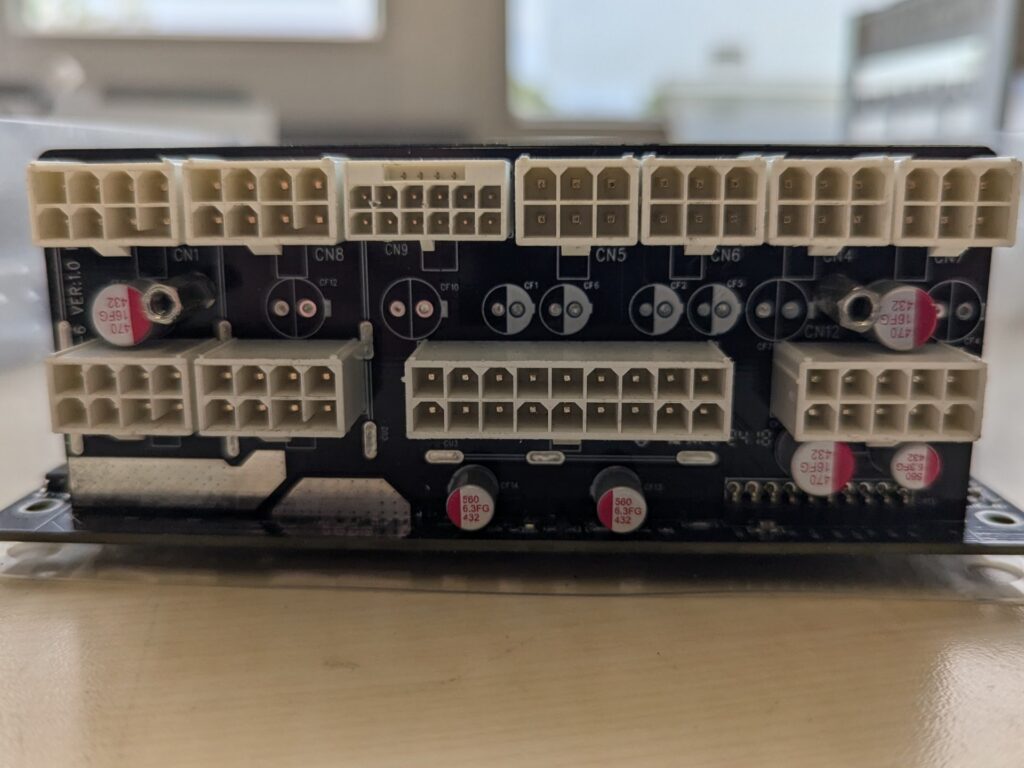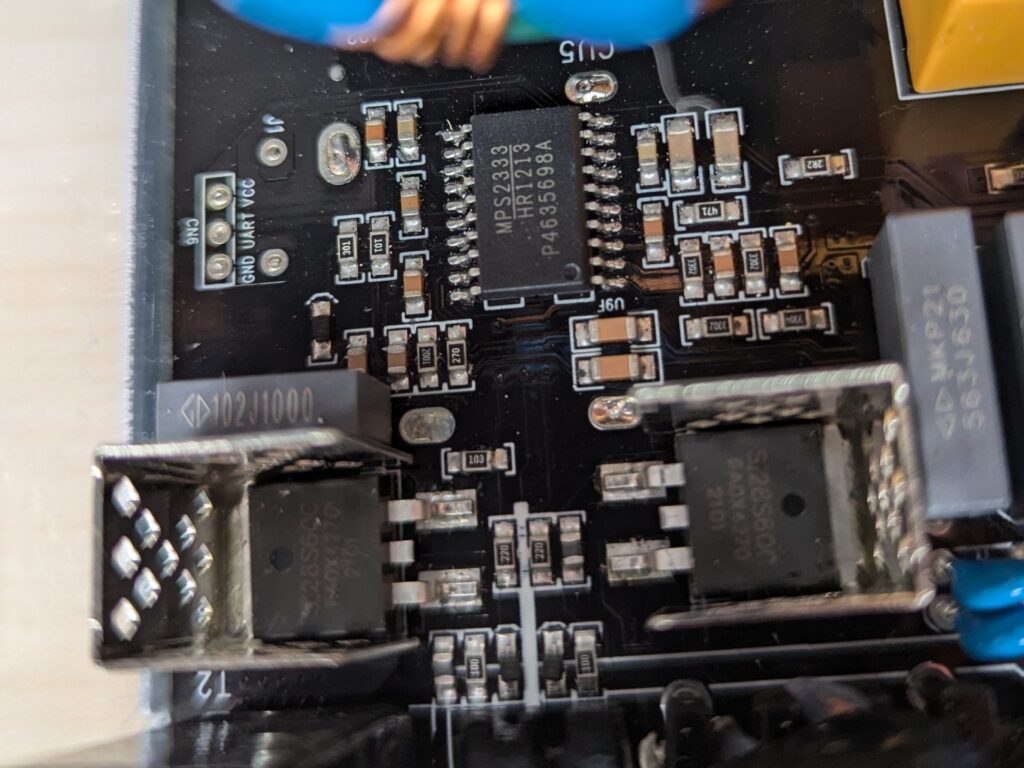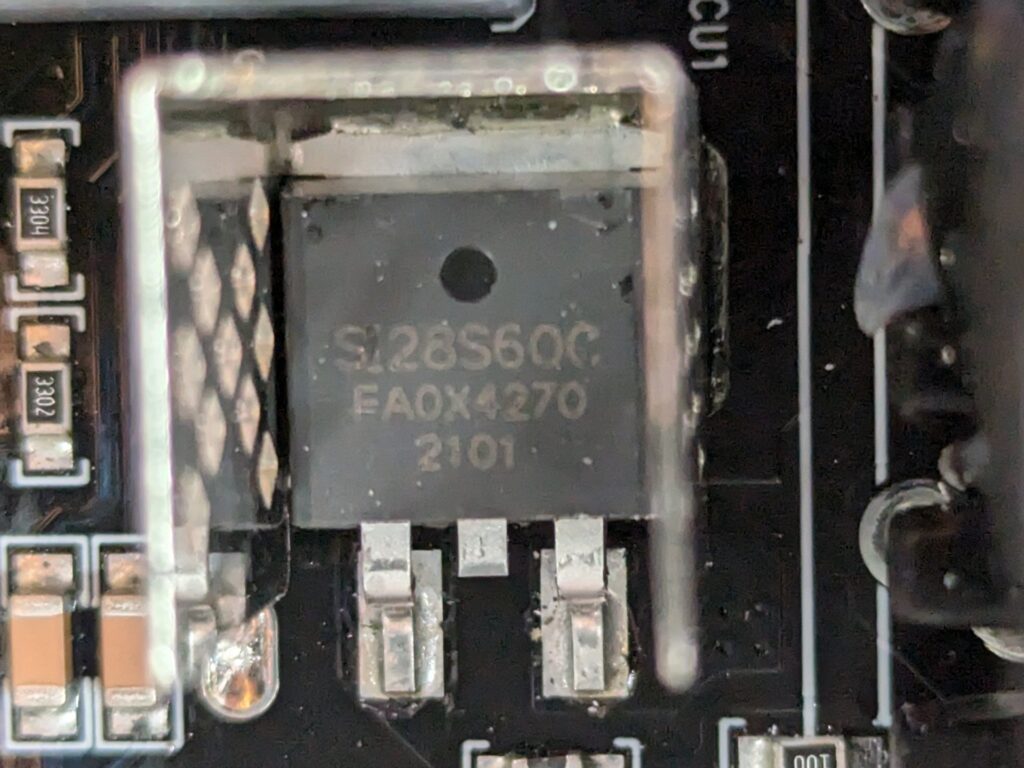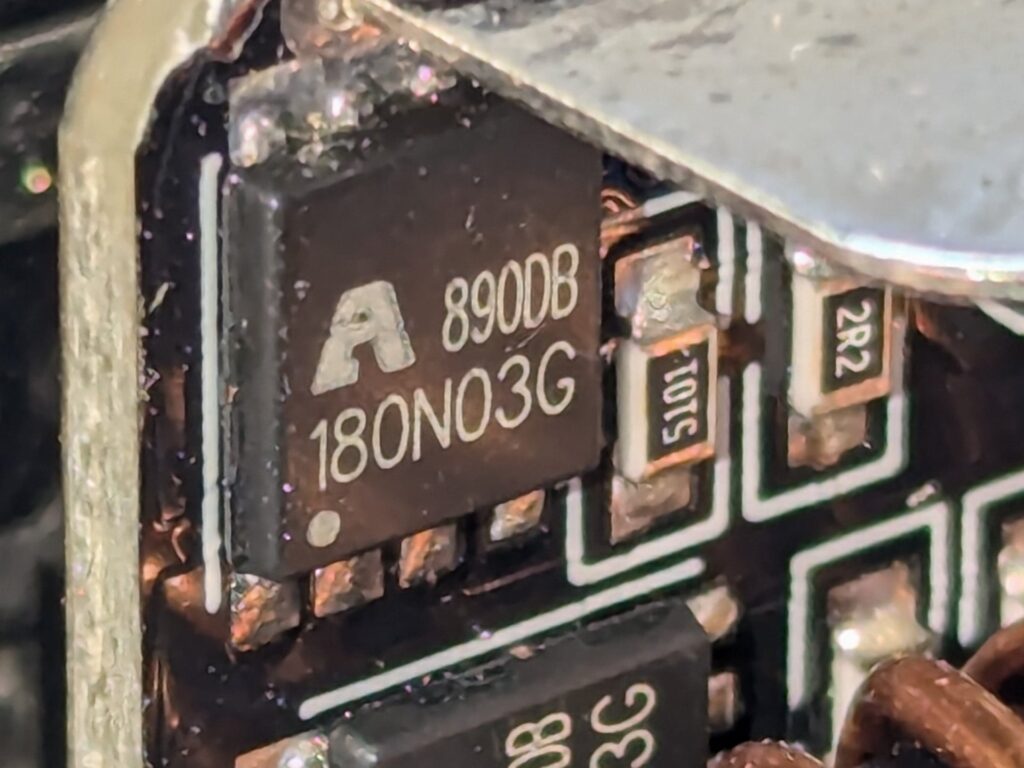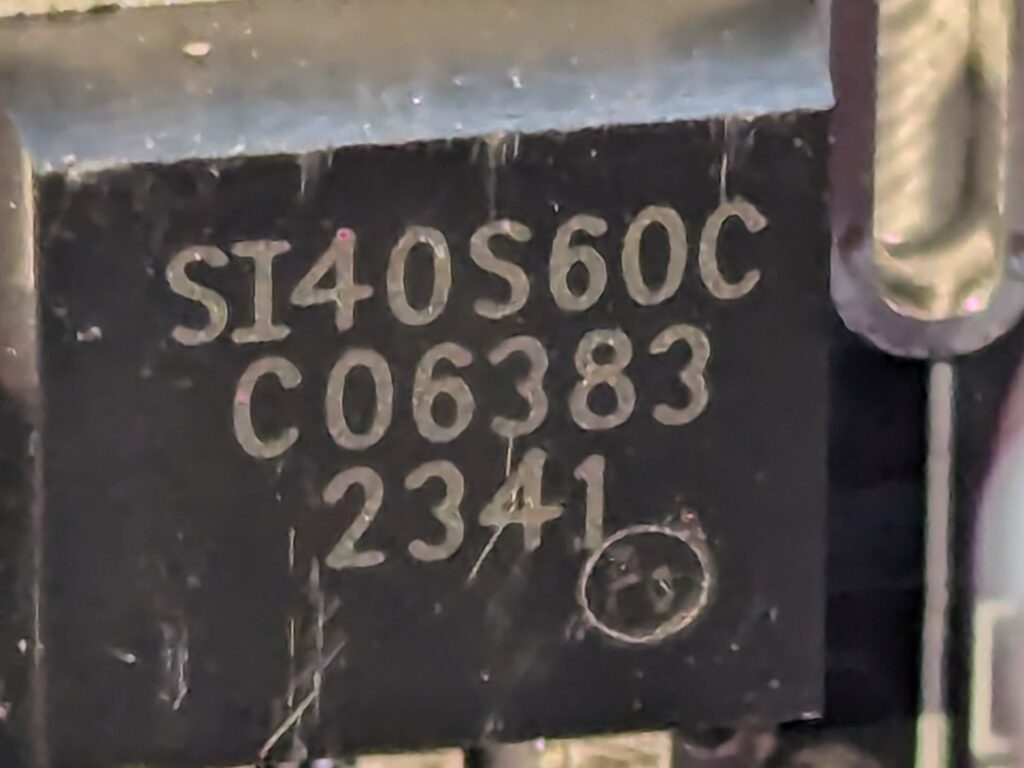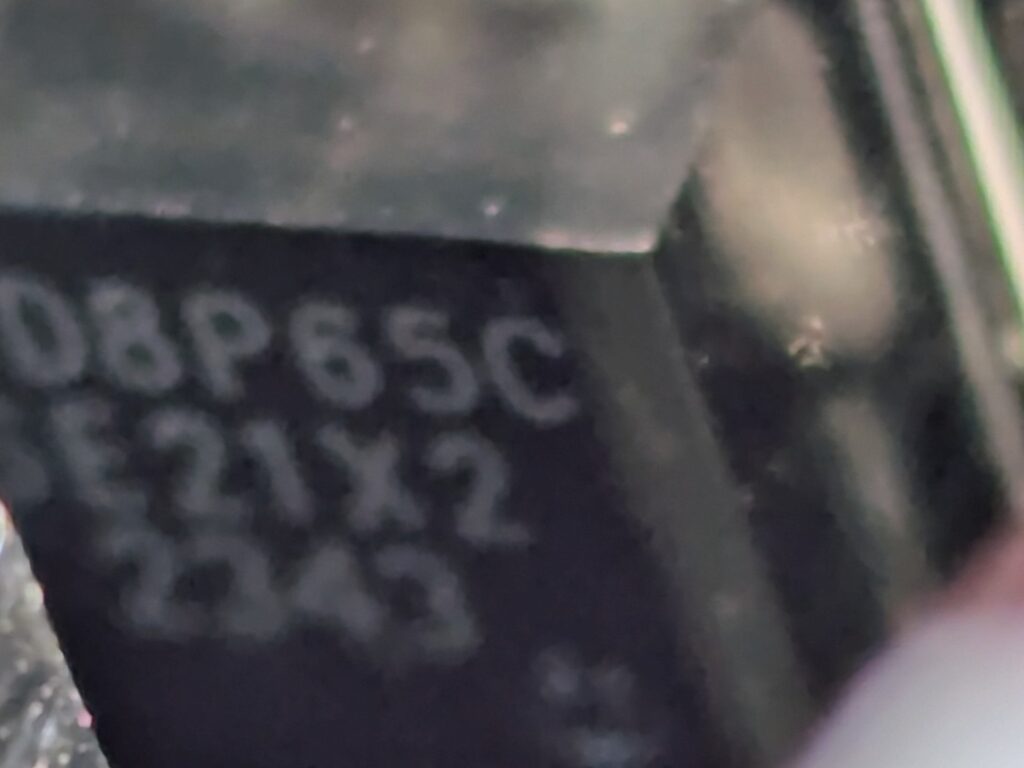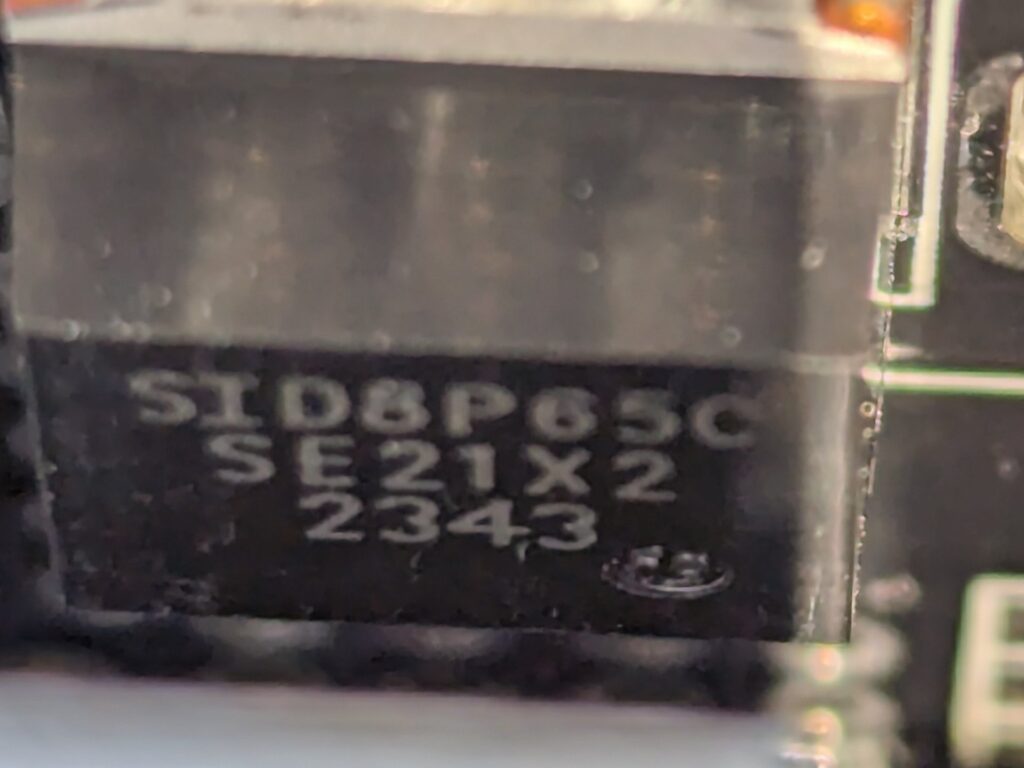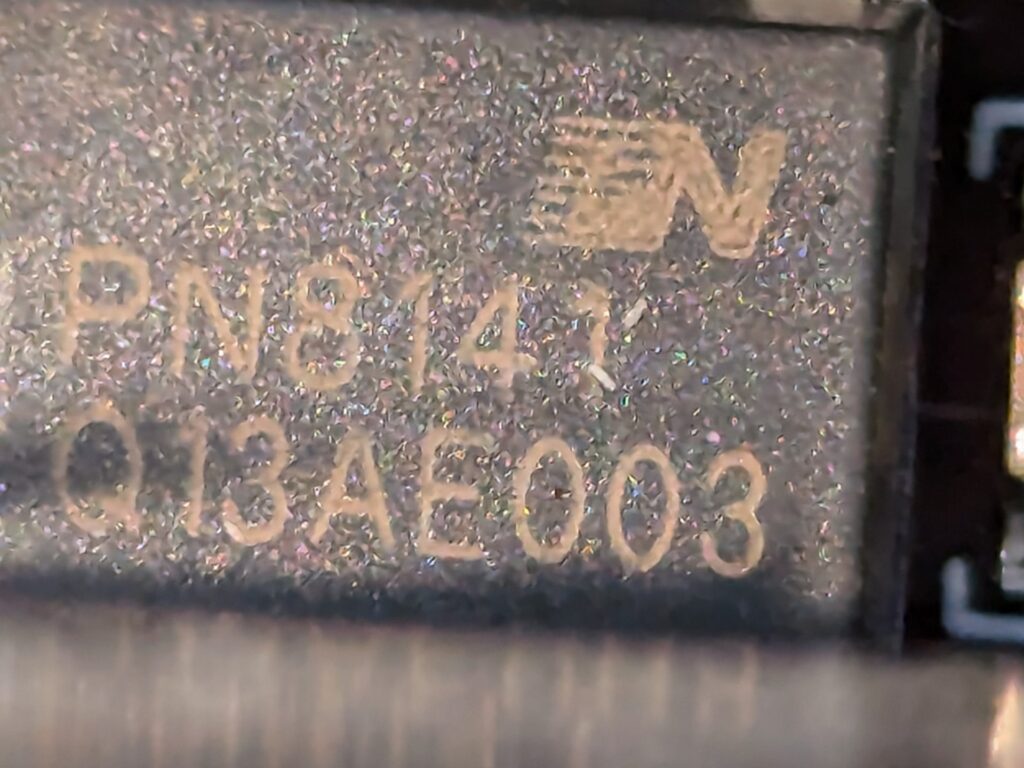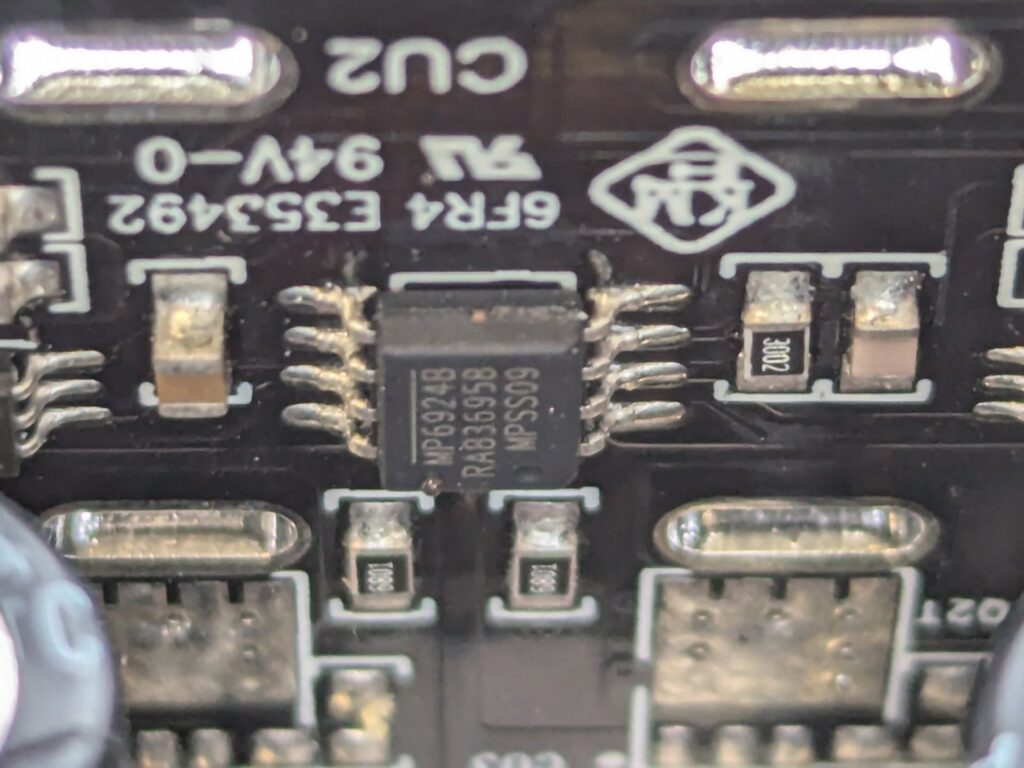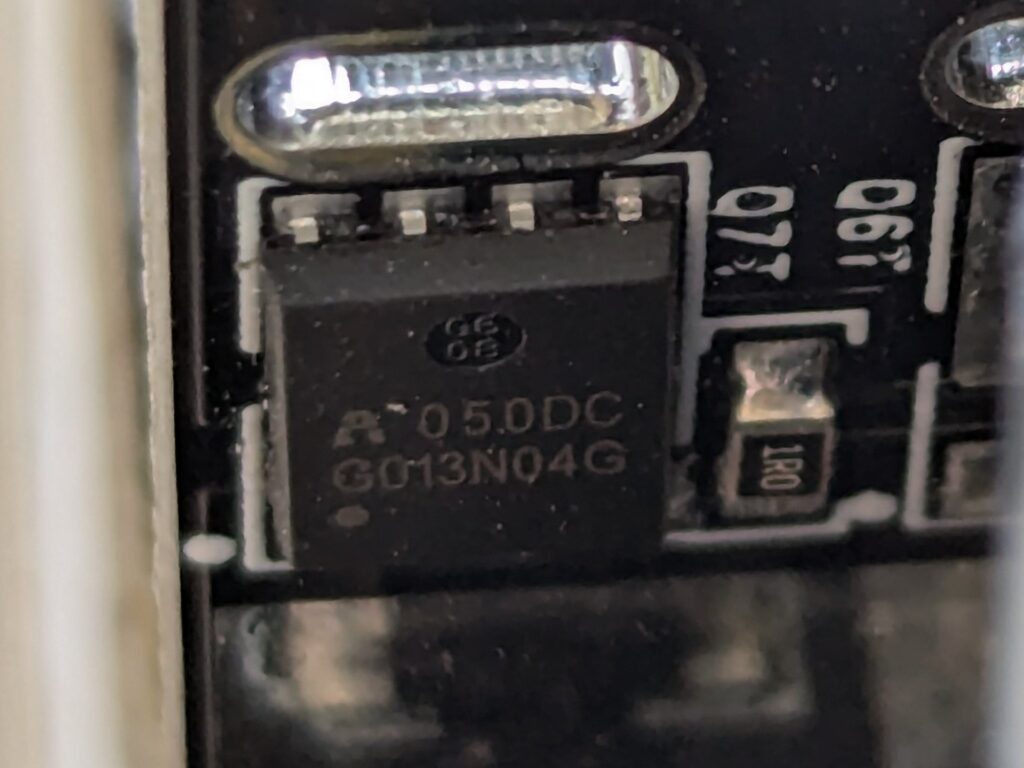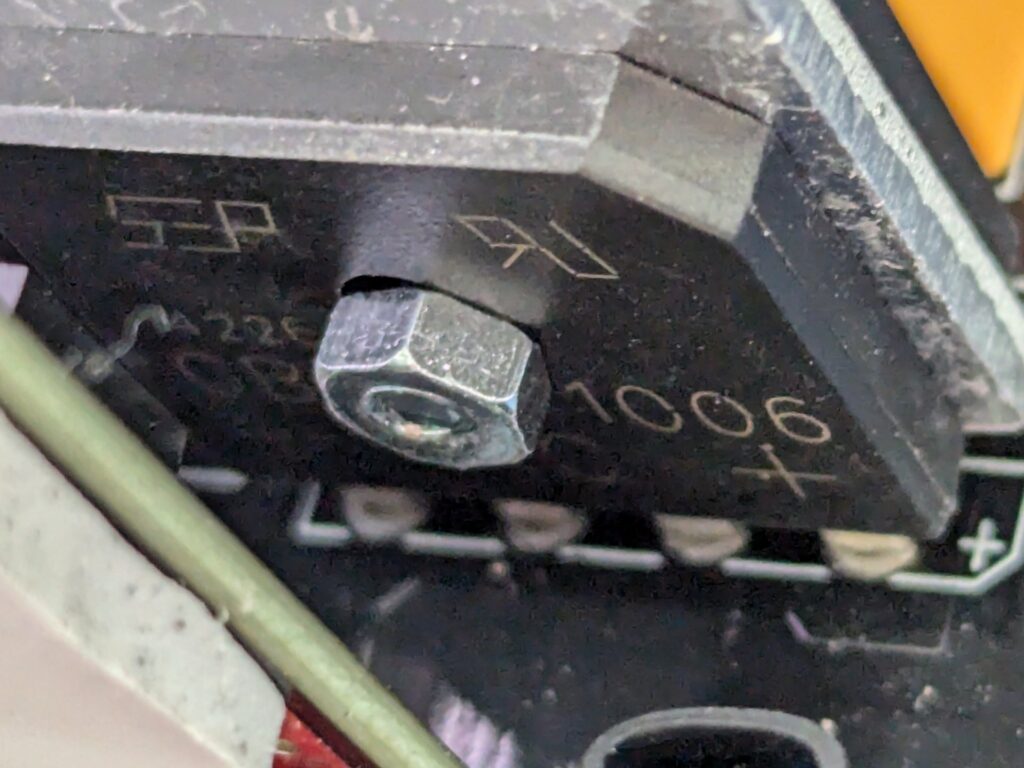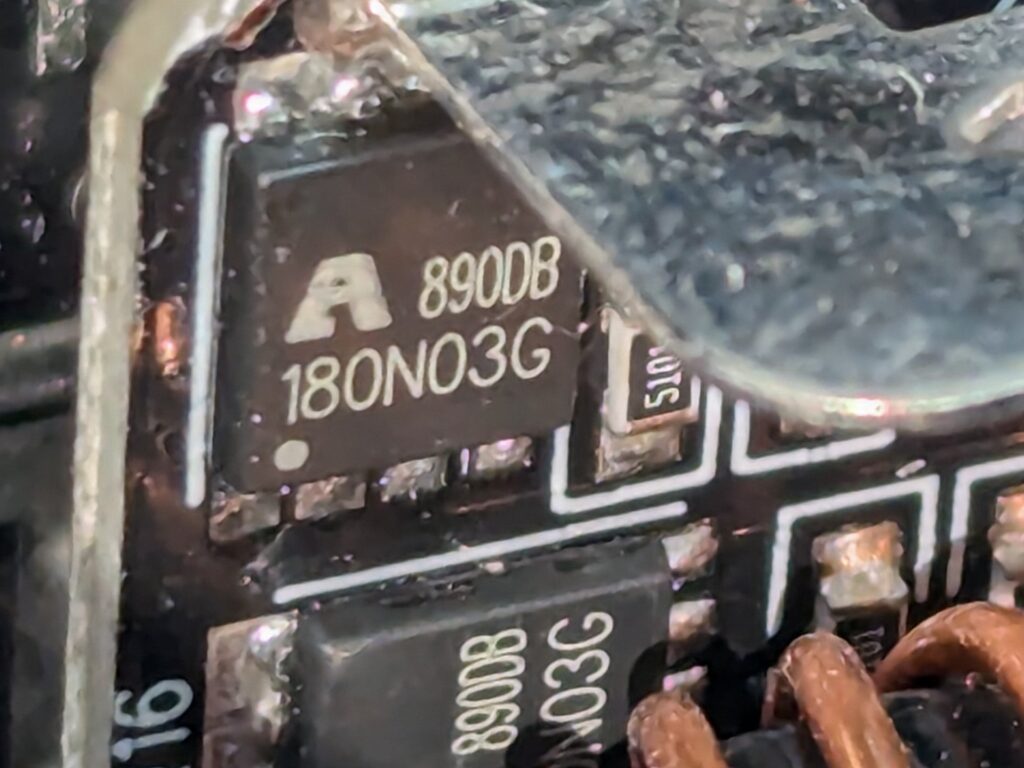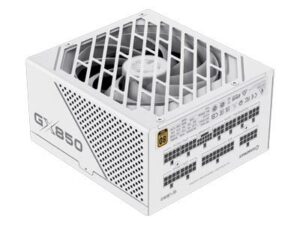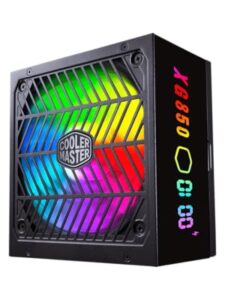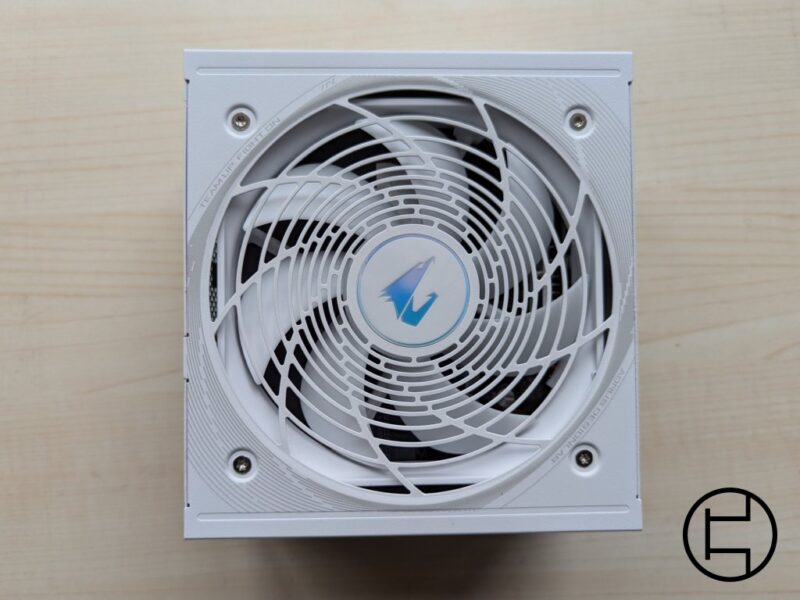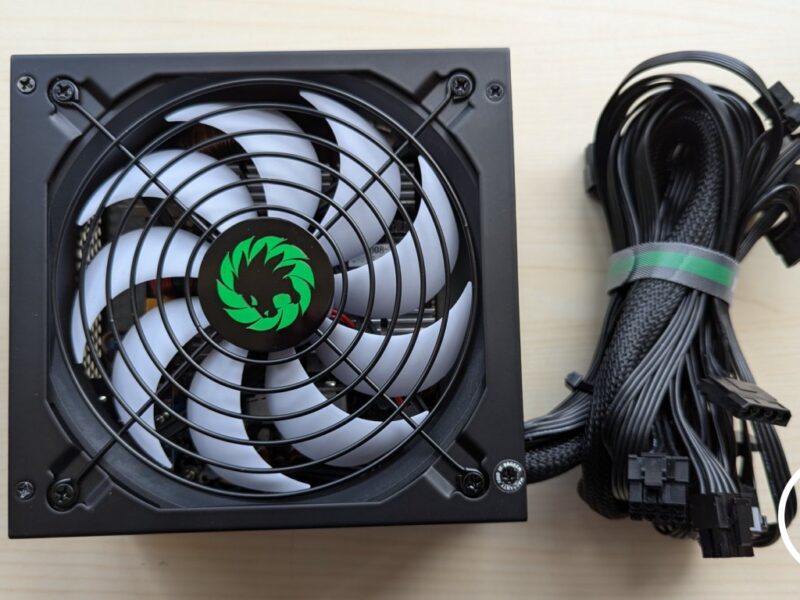Disclaimer
As many of you know, I’ve had a distrust for Gamemax for a few years now, which I’ve based off the following:
- Not a single Sohoo made unit has met the ATX spec in testing at Cybenetics (source: Cybenetics)
- The AX750M (RGB750) is marketed as a DC-DC PSU, which was shown by an independent reviewer, it wasn’t (source: LienusLateTips)
- No reviews proving either of these otherwise
Note: yes, RGB-1050 Pro is (mostly) well-regarded in testing at both Cybenetics and Hwbusters, but was made by Jiumeng, the company behind Aresgame and Pystar, not by Sohoo
Introduction
Gamemax is the retail brand of Chinese company Guangdong Sohoo Technology, a Chinese OEM founded in 2010 that also manufactures cases next to its PSU production. They also sell their PSUs to Nfortec, among others
Sohoo can be compared to for example Helly with 1stplayer, as seen in our review of the NGDP Platinum
Today, we’re having a look at the white variation of the GX850 Pro. An 80+ Gold rated, fully modular PSU featuring both ATX 3.1 and PCIe 5.1 compatibility. Or well… Two, just like the GP750 review, for the same reason
Oh, and while I still have your attention, see the two images below to see what I mean with the title
General Specifications
| Brand | Gamemax |
| Model | GX850 Pro WH |
| Wattage | 850W |
| Introduction year | 2024 |
| Modularity | Full |
| Warranty | 10 years |
Power Specifications
| 3.3V | 5V | 12V | 5VSB | -12V |
| 20A | 20A | 70A | 2.5A | 0.3A |
| 100w | 840W | 12.5W | 3.6W |
Cables
| Cable type | Cable Quantity | Connector Per Cable | Gauge |
| ATX 24 pin | 1 | 1 | 18-20AWG |
| EPS 4+4 pin | 1 | 2 | 18AWG |
| PCIe Power 6+2 pin | 2 | 2 | 18AWG |
| PCIe 12VHPWR 12+4 pin | 1 | 1 | 16-24AWG |
| SATA Power | 2 | 3 | 18AWG |
| Peripheral 4 pin | 1 | 3 | 18AWG |
The GX850 Pro features a full set of white, rubber cables using mostly 18AWG wiring, with only the 12VHPWR cable being an exception here. While nothing special, they do look nice in a white case or as a contrast against a black case.
EPS
To start with my main complaint, dual EPS on a single cable is unacceptable. I do get why Gamemax chose to do this, as a ton of mainstream boards (LGA1700/AM5) feature it, while absolutely not needing it. A single EPS cable can supply close to 400W, while mainstream chips won’t consume even close to this with ambient cooling.
My concern would be with server (Xeon/Epyc) or HTPC (Threadripper/Xeon W) chips, that can pull enough to overwhelm a single EPS connector, especially with multiple CPUs in one system. If you’re running the GX850 Pro in a mainstream system, this shouldn’t be anything concerning, but I’d recommend against it for anything beyond that.
PCIe / 12VHPWR
Speaking of daisy chained, the PCIe power cables are as well. This is much less of an issue, and does make it so that the GX850 Pro includes sufficient cables for any high end GPU that doesn’t use 12VHPWR, I would’ve preferred to see individual PCIe cables.
Moving to the 12VHPWR cable, which Gamemax calls a 12VHPWR++ in their marketing (which probably means they’re using a 12V-2×6 cable?), is the only cable in the set that uses 16AWG instead of 18AWG for power. As this is expected by Intel’s specifications, this shouldn’t be too much of a surprise, but is a good thing to see. It’s a bit stiff like most 12VHPWR cables, but other than that… Not bad!
SATA / Peripheral
Last, there’s a pair of 3x SATA cables and a single 3x peripheral cable for storage and legacy devices. While I’d personally prefer to have a single peripheral connector cable for something like a pump, I don’t have much to complain about here either. It’s enough for most mainstream systems, only lacking a bit when you’re making some kind of overkill NAS setup with it.
Overall
Overall, the cables aren’t exceptional, but include everything you should expect out of an 850W unit, with a wire gauge that isn’t outstanding, but passes my standards. The only complaint here is the daisy-chained EPS cables, making it only recommended for mainstream CPUs.
External
Disclaimer: I opened up the unit before taking these pictures, the warranty was voided by me. The CN/UK notes were also done by me to separate the units
Box
Starting with the box, it definitely shows a difference over the GP750 we reviewed before, showing a visible upgrade over it. Containing of course the GX850 Pro itself and its modular cable set, Gamemax also chose to include a pair of antistatic gloves, a screwdriver, thumbscrews and a pair of velcro straps. Definitely nothing fancy, but nothing I wouldn’t call useless when building a PC (though yes, the gloves are a bit overkill).
PSU
Moving on to the GX850 Pro itself, it actually looks… Really good! Starting with the sides, the unit is split between a perforated half and a solid back with a GX850 marking. Not sure how useful the additional exhaust is here, but I do really like the look of it here.
Also, come to think of it… Asus, is that you? While finishing up this review, I noticed that the design actually closely resembles the design of the original Strix PSU. It honestly looks better than it anyways, so who am I to complain.
at the back, we find a nice, open exhaust only covered by the power plug, a switch and a 100-240VAC marking. And yes, don’t you think I’d forget about my hexagons. Luke approved exhaust! On top, we find more of the same design language, showing a pretty open design with a white Gamemax fan behind it.
At the modular interface, we find some info about the unit, a total of four peripheral/SATA plugs (not sure why when the unit only has 3 cables that can be used with it), a split motherboard connector, a 12VHPWR connector and four CPU/PCIe connectors (again, with only 3 cables that can be used for it… Why not have a second EPS cable Gamemax?) Only note I have here is that I probably would’ve moved the warning about only using Gamemax cables here instead of the “ITC Inteligent Temperature Control” (that’s also not how you write intelligent).
The white on the unit is clearly powder coated, showing a powdery look that I honestly really don’t mind
Overall, a lovely look, with only a minor note going to the modular interface, that was already noted in the cables section. No complaints here!
Protections
| AC OCP | ICE2PCS01, HR1213 |
| AC UVP | ICE2PCS01, HR1213 |
| DC OCP | UP3861P |
| DC OVP | UP3861P, GR8313F |
| DC UVP | UP3861P, GR8313F |
| OTP | UP3861P |
| SCP | HR1213 |
| MOV | Yes |
The protection set on the AC side comes from the LLC resonant controller (HR1213) and APFC controller (ICE2PCS01), a pretty common and actually very solid setup. Most of the DC setup surprisingly comes from the DC-DC controller, as Gamemax has gone with a pretty basic protection IC (GR8313F), which only features voltage protection. Overall, a protection set that fits a unit like this.
Any complaints I could make about multirail OCP and the use of MCUs feels unfair to it given the standards we’re dealing with here.
Parts Breakdown+Internal
China
| OEM | Sohoo |
| Platform | SH001 650-850 Ver 1.1 |
| Input Voltage | 100-240VAC |
| Primary Converter | APFC Half Bridge LLC |
| Rectifier | Synchronous Rectification |
| Regulator | DC-DC |
| Fan | Xin Zheng Heng DF1352512FDHN |
| Bearing | Fluid Dynamic Bearing (FDB)* |
| PCB Type | Single Sided |
| Bulk Capacitor(s) | Nichicon GG (400V, 680uF, 105C) |
| Bridge Rectifiers | 2x Diodes Incorporated GBU1006 |
| APFC MOSFETs | 2x Silicon Labs SL40S60C |
| APFC Boost Diode | 1x Silicon Labs SLD8P65C |
| APFC Controller | Infineon ICE2PCS01 |
| LLC Resonant Controller | MPS HR1213 |
| Main Switches | 2x Silicon Labs SI28S60C |
| 12v MOSFETs | 4x AllPower APG013N04G |
| DC-DC Converters | 4x InPower 018N03S |
| DC-DC Controller | 1x uPI Micro UP3861P |
| Supervisor IC | Grenergy GR8313F |
| Standby PWM Controller | Chipown PN8141 |
United Kingdom
| OEM | Sohoo |
| Platform | SH001 650-850 Ver 1.1 |
| Input Voltage | 100-240VAC |
| Primary Converter | APFC Half Bridge LLC |
| Rectifier | Synchronous Rectification |
| Regulator | DC-DC |
| Fan | Xin Zheng Heng DF1352512FDHN |
| Bearing | Fluid Dynamic Bearing (FDB)* |
| PCB Type | Single Sided |
| Bulk Capacitor(s) | Nippon-Chemicon KMR (400V, 680uF, 105C) |
| Bridge Rectifiers | 2x Diodes Incorporated GBU1006 |
| APFC MOSFETs | 2x Silicon Labs SL40S60C |
| APFC Boost Diode | 1x Silicon Labs SLD8P65C |
| APFC Controller | Infineon ICE2PCS01 |
| LLC Resonant Controller | MPS HR1213 |
| Main Switches | 2x Silicon Labs SI28S60C |
| 12v MOSFETs | 4x AllPower APG013N04G |
| DC-DC Converters | 4x Allpower AP180N03G |
| DC-DC Controller | 1x uPI Micro UP3861P |
| Supervisor IC | Grenergy GR8313F |
| Standby PWM Controller | Chipown PN8141 |
* Unable to identify due to limited visibility of some components or lack of information
Platform
Both units are based off the same Sohoo platform, marked as SH001 650-850 Ver 1.1 on the PCB of the GX850 Pro. Both show the same 1.1 version/revision, but I’ve seen a few differences in part here. There’s no other units I’ve seen using this platform, but coverage of Sohoo made PSUs is limited.
PCB/Soldering
Interesting to see is that Sohoo went with a truly wireless design here, not even using them to connect the AC plug or ground like most wireless units do. Wireless generally refers to the use of a direct PCB connection between the PSU mainboard and the modular daughterboard, it’s pretty uncommon to make a fully wireless design like this, but it’s definitely a nice thing to see.
The GX850 Pro also seems to use a single sided PCB, as there’s no components on the bottom of the unit. They did use some daughterboards for the PFC, DC-DC and 12V components to save space, but these too seem to be single sided. Why they did this I’m not sure, but all things considered… It worked out for them, so why not.
Speaking of the PCB, let’s move to the bottom of it. Surprisingly, I could take out the entire unit out of its chassis, as it’s only screwed in, whereas most PSUs these days are at least partially soldered to the housing. As it’s taken out of its housing, there’s a few manual touch ups visible by the different solder color, but no leftover flux or excessive amounts of it. The build quality isn’t the best I’ve seen, but there’s no flaws that I could see from their work here. All things considered, solid work!
Fan
The fan is made by Xin Zheng Heng, which we’ve seen before in the GP750 review, as one of the revisions used a fan made by them. Funnily enough, this fan seems to have a part number that matches an old Cooler Master fan that looks nothing like it. However, that also means it’s sadly impossible to find info about it…
Which is also why I have to assume it’s an actual FDB fan, without being able to check its lifespan or anything like that. Though, even if it would be a rifle fan, a good one would still last to match the 10-year warranty given to the GX850 Pro by Gamemax. The design itself reminds me of Arctic’s design for the P12/P14 Max and P12/P14 RGB series, as they share the ring around the blades. Honestly, while I would’ve preferred something like a HongHua, Poweryear or Globe Fan, it doesn’t seem like too bad of a choice here.
Capacitors
Moving on to the bulk capacitor, here we find something funny. The Chinese unit comes with a Nichicon GG series capacitor, as marketed by Gamemax on their site. However, the British unit has a Nippon-Chemicon KMR series capacitor with the same ratings. This is actually… better than what Gamemax has in their marketing. No complaints whatsoever, both are very solid and you honestly shouldn’t even care which of the two you’re getting here, but it’s funny to actually get an upgrade over Gamemax’s promises here.
Speaking of their marketing, Gamemax also claims to use 100% Japanese capacitors in the GX850 Pro, which isn’t the case. Outside of the bulk capacitor, it seems to mostly use Teapo caps, which are actually Taiwanese. Not that it matters, as Teapo is still a well regarded brand and most Japanese capacitors aren’t even produced in Japan these days, but it’s worth noting regardless, and sadly a pretty common thing. Put some respect behind Teapo and Elite!
Bridge Rectifiers
The bridge rectifiers are a pair of GBU1006’s, bolted to a small heatsink as they can definitely get hot, especially under lower input voltages. I’ve noted them down as Diodes Incorporated, but given I couldn’t find a logo they could also be Thinki, Luguang, Kingtronics, HY, Taiwan Semiconductor, Gaomi Xinghe, You Feng Wei, Goodwork, Juxing, Shikues, Suntan, First Silicon, Cheng-Yi, Kexin, Yangjie, Compact Technology, Samyang, Zowie, RFE, Nanjing, SeCoS, Microdiode, Shunye, Asemi and probably more that I forgot here… It seems to be quite a commonly manufactured part, so who’s to say here.
Controllers
The controllers used for the GX850 Pro were honestly a welcome surprise to me for the most part, using a mix of MPS, Infineon, uPI Micro, Grenergy and Chipown. While the Chipown specifically is a bit overcomplicated for a unit like this, it’s all well balanced out.
The only change I’d make here is maybe a better protection IC. The GR8313F only features over/under voltage protection, making the DC-DC controller doing most of the protection work here. It’s far from a bad setup, but there’s small improvements that could be made
Worth noting, Gamemax notes the LLC controller as an MPS1213, as Monolithic Power Systems (aka MPS) generally start on MPS/MP, though on MPS’ own site, they note it as HR1213. Shouldn’t make a difference, but might help some confused people.
MOSFETs
The DC-DC FETs is where we find the second difference between both samples, as the Chinese unit features a set of InPower 018N03S, just like the GP750, while the British unit uses AllPower APG013N04G, sharing it with some Helly made units like the NGDP series. Both are sufficient for the 100w rating Gamemax gives its minor rails, and as noted before, it’s all controlled by a very solid controller
Allpower also supplies the 12V MOSFETs for the GX850 Pro, a common focus for ATX 3.0 units, as the power excursions put quite some stress on them. While I can’t say for sure it actually meets ATX 3.0, as it’s not on Intel’s or Cybenetics list of tested units, the 1stplayer NGDP 750w uses the same setup, so on paper, it should be able to handle the insanely brutal power excursions that Intel requires for the ATX 3.0 specification
The rest of the MOSFETs are supplied by Silicon Labs, which I can’t find much on. They seem fine however, but nothing out of the ordinary, nor does it seem all that common
Overall, the part choice and build quality is solid, showing a unit I would expect to last a decade from the things I can see. It does look a bit empty with a lack of heatsinks, but all components I would expect to get hot have their own dedicated heatsink attached to it.
Electrical Performance
As there’s no Cybenetics report of this unit at the time of writing, there will be no electrical performance included in this review
Conclusion
You know what Gamemax, good job! You’ve met my expectations of a modern ATX 3.x unit, with solid part choices, build quality and honestly… I love the look of the unit. However, that doesn’t mean I can immediately go out and recommend the GX850 Pro. As I’ve been the only one that has covered the unit in detail at the time of writing, and I lack the equipment to test PSUs, I would love for you to send a unit like this off to someone like Aris
Starting with the positives, you’ve given us a new option in the rather limited white PSU market, only fighting units like the RM850 White, RM850x Shift White, Core Reactor II White and A850GL White, as well as discontinued units like the V750 V2, DQ750M, RM750x and Focus Gold. And honestly, I think it looks great visually
The internals match my expectations, showing it’s to my eyes built to spec, and hell… surprised me a little given Gamemax’s past with underspeccing, even showing on the GP750 review we did before this.
However, the main issue is still a lack of coverage. I’d love for Gamemax to send the GX850 out to more reviewers, ideally even including a lab like Cybenetics into it as well. This would give a better view on differences between samples, more data on electrical performance and alike and so much more.
I also really dislike the daisychained EPS cable, even if it’s a 1% thing for which most people buy a higher wattage unit than 850W generally, I would’ve really preferred Gamemax to include a second EPS cable instead of daisy chaining them onto a single cable.
Overall, would I recommend the GX850? Yes. From the data I can gather, it genuinely looks like the first unit made by Sohoo I can get behind, though I wouldn’t say it would be my first choice here. So, do consider looking at some alternatives below as well.
- Solid part choice and build quality
- Native 12V-2x6 12VHPWR cable
- Solid price/performance
- Sufficient cables for non-12VHPWR GPUs
- 10-year warranty
- Lack of reviews/testing
- Daisy chained EPS
- Unconfirmed ATX 3.x compatibility by Intel/Cybenetics
- No multirail OCP
Alternatives
Adata / XPG Core Reactor II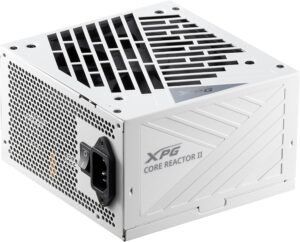
Buy Core Reactor II
- ATX 3.0 confirmed by Cybenetics
- Separate EPS cables
- Rated for ETA Platinum
- HongHua fan
- Daisychained + Single connector PCIe cables
- No multirail OCP
Corsair RM850x Shift
Buy RM850x Shift
- ATX 3.0 confirmed by Cybenetics + Intel
- Separate EPS cables
- Rated for ETA Gold
- HongHua fan (rebranded by Corsair)
- HCS + 16AWG cables
- Check case compatibility
- No multirail OCP
- No separate PCIe power cables
Adata / XPG Core Reactor II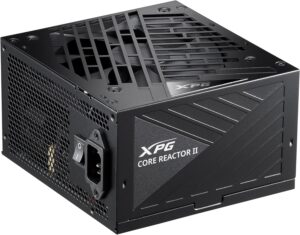
Buy Core Reactor II
- ATX 3.0 confirmed by Cybenetics
- Separate EPS cables
- Rated for ETA Platinum
- HongHua fan
- Daisychained + Single connector PCIe cables
- No multirail OCP
BeQuiet Pure Power 12M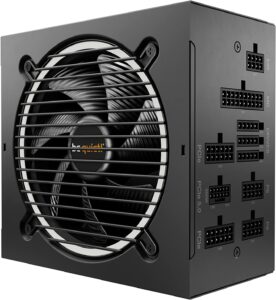
Buy Pure Power 12M
- ATX 3.0 confirmed by Cybenetics + Intel
- Separate EPS cables
- Rated for ETA Platinum
- HongHua fan
- Multirail OCP
- Separately wired PCIe cables (so not really daisychained)
- Cables are a little short
Corsair RM850e 2023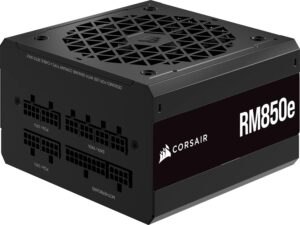
Buy RM850e
- ATX 3.0 confirmed by Cybenetics + Intel
- Separate EPS cables
- Rated for ETA Gold
- HongHua fan (rebranded by Corsair)
- HCS + 16AWG cables
- No multirail OCP
Silverstone Hela 850R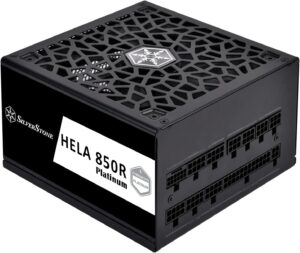
Buy Hela 850R
- Reviewed by Cultists
- ATX 3.0 confirmed by Cybenetics
- Rated for ETA Platinum
- Globe Fan fan
- No multirail OCP
- Reviewed by Cultists
- Impressively silent
- Cooler Master FDB fan
- Separate EPS cables
- RGB + digital monitoring (Plus only)
- No included 12VHPWR cable
- No ATX 3.x compatibility
- Slowly getting discontinued (though cheap because of this)

